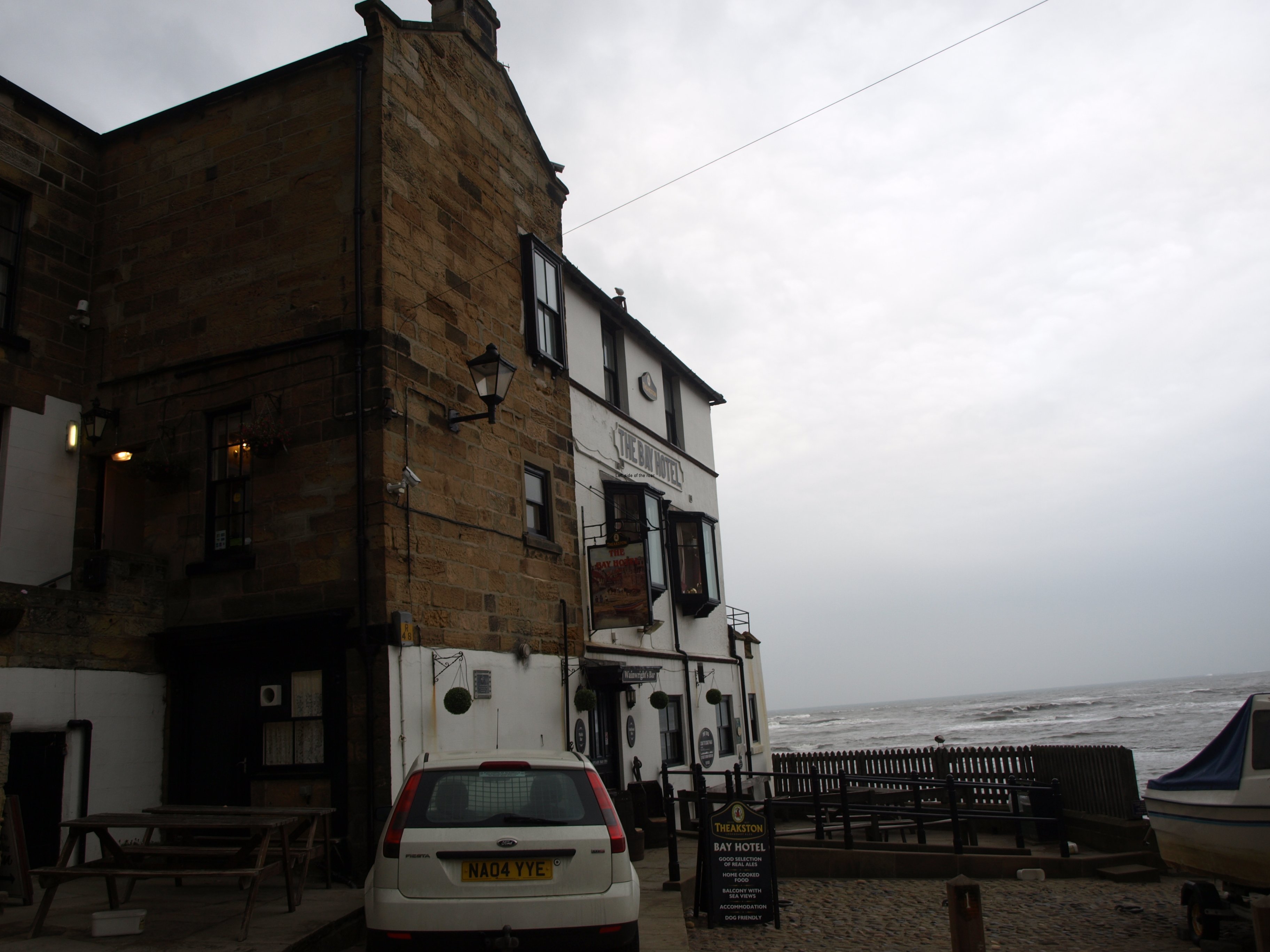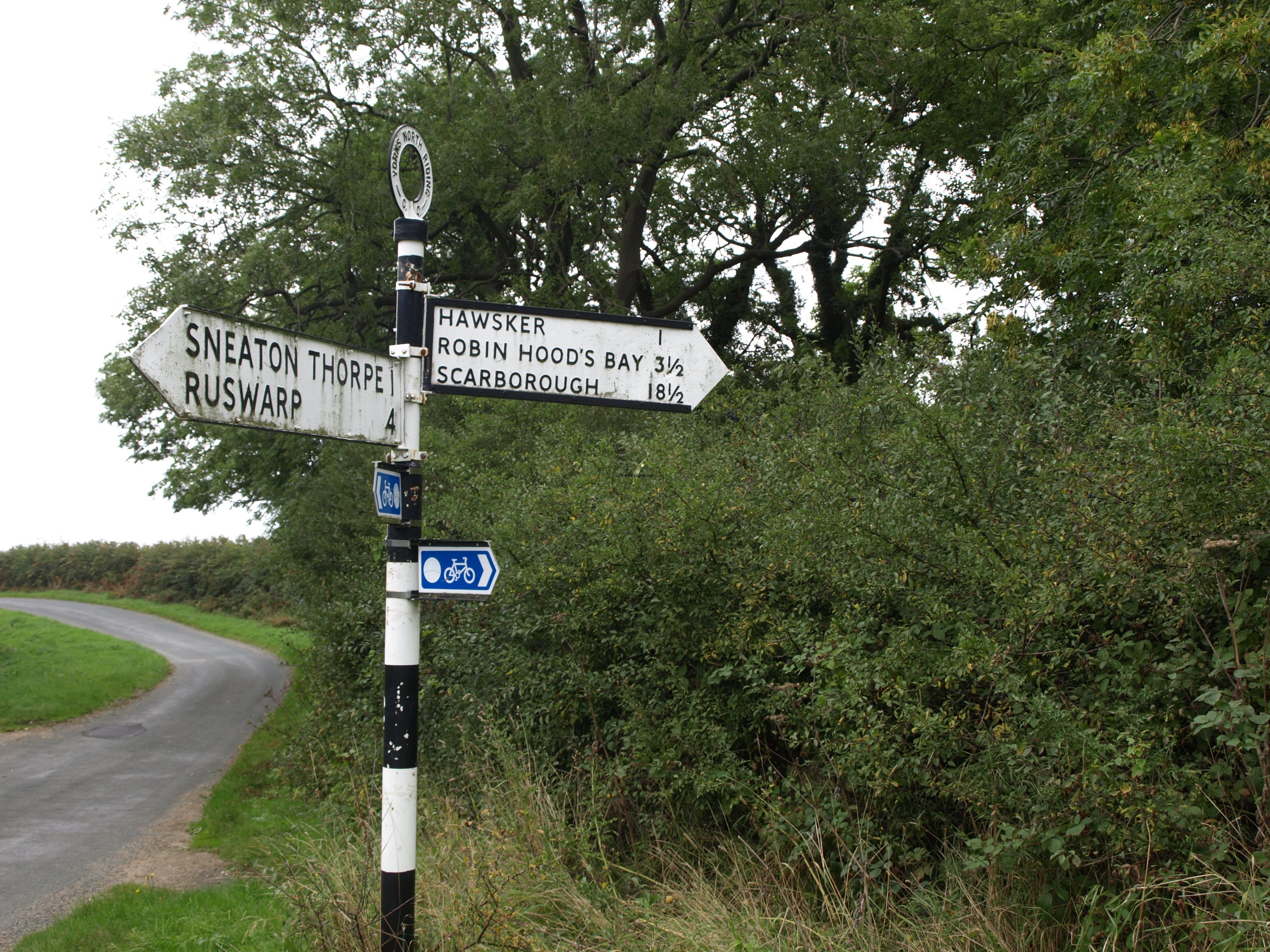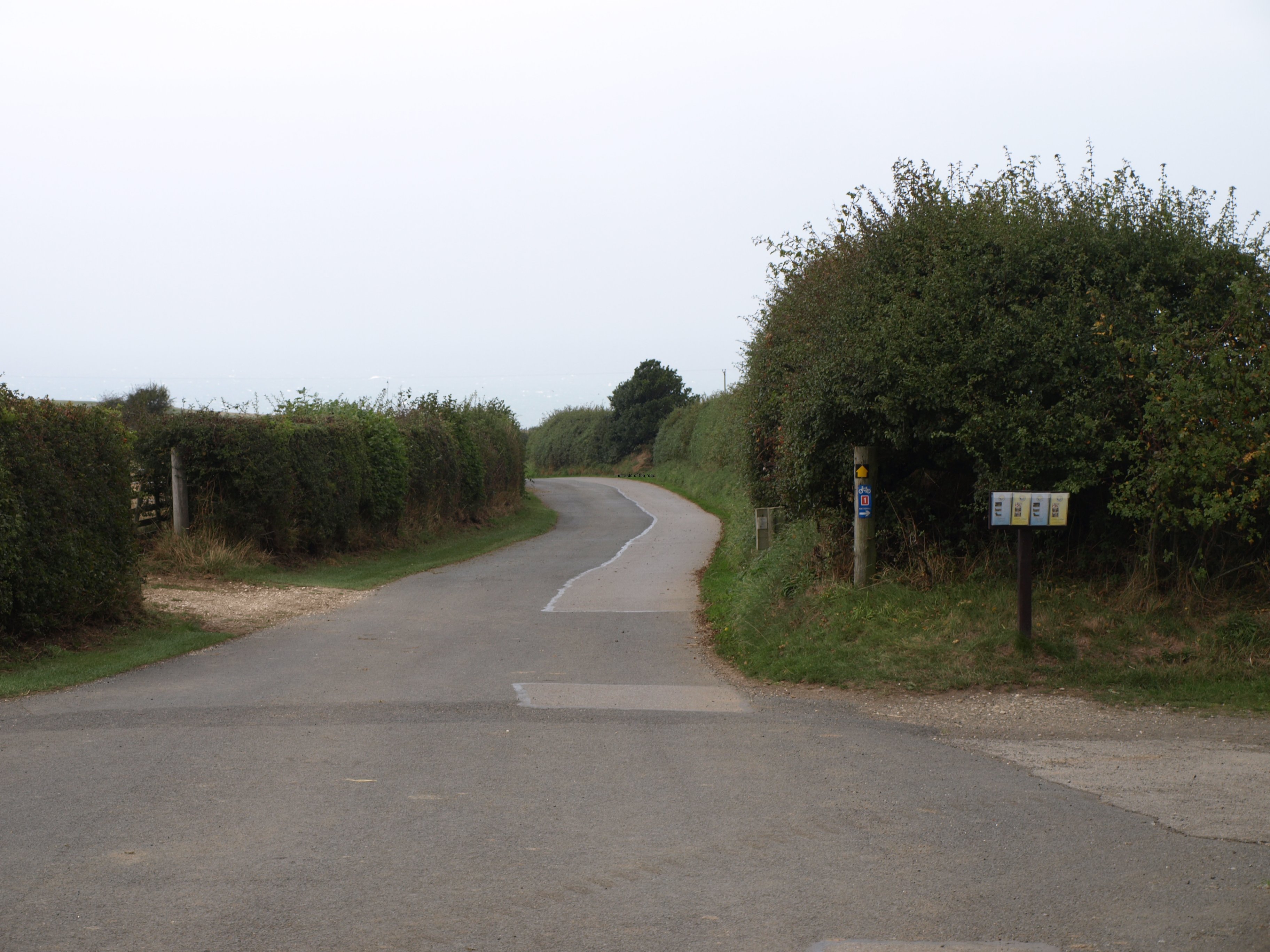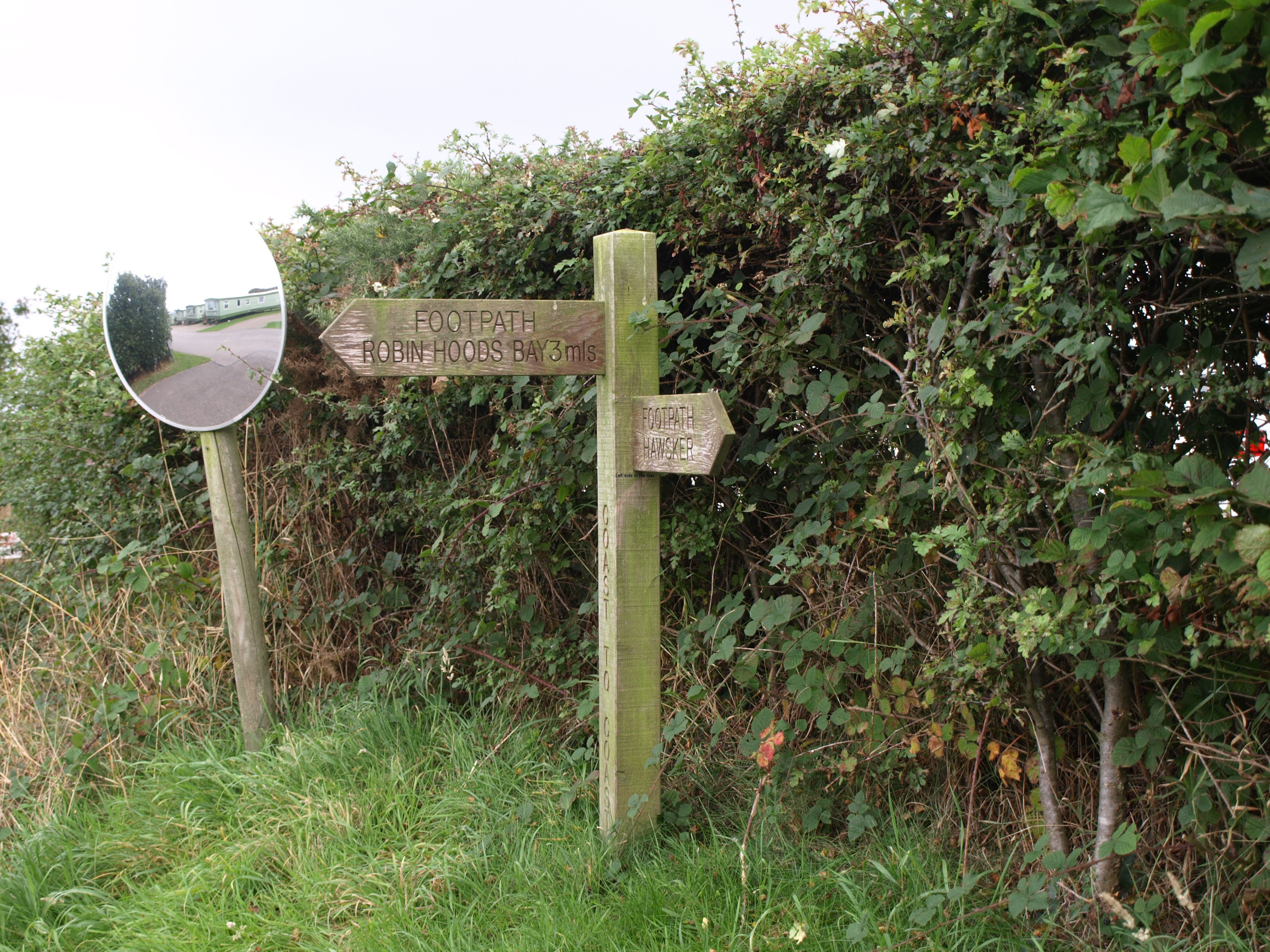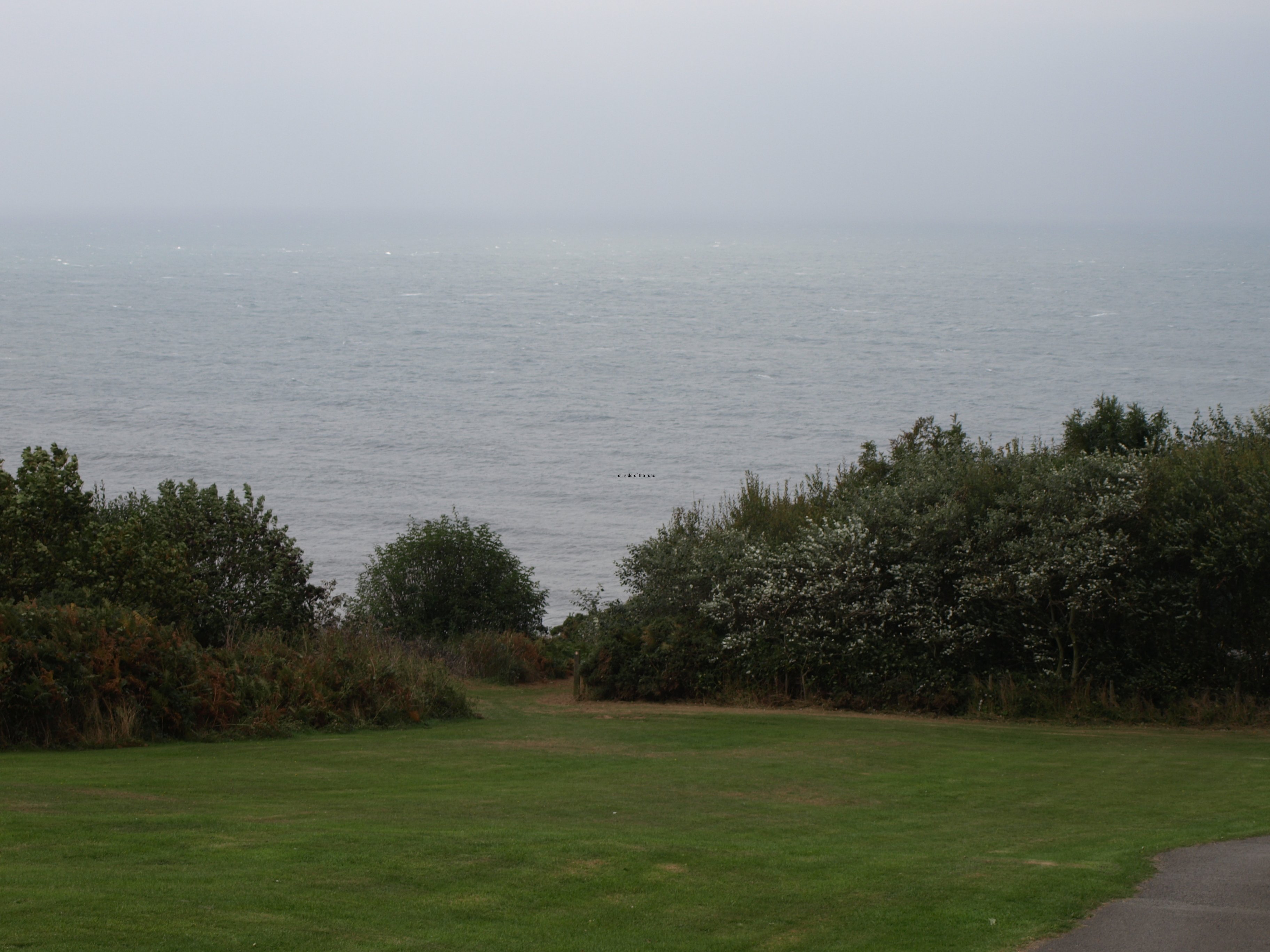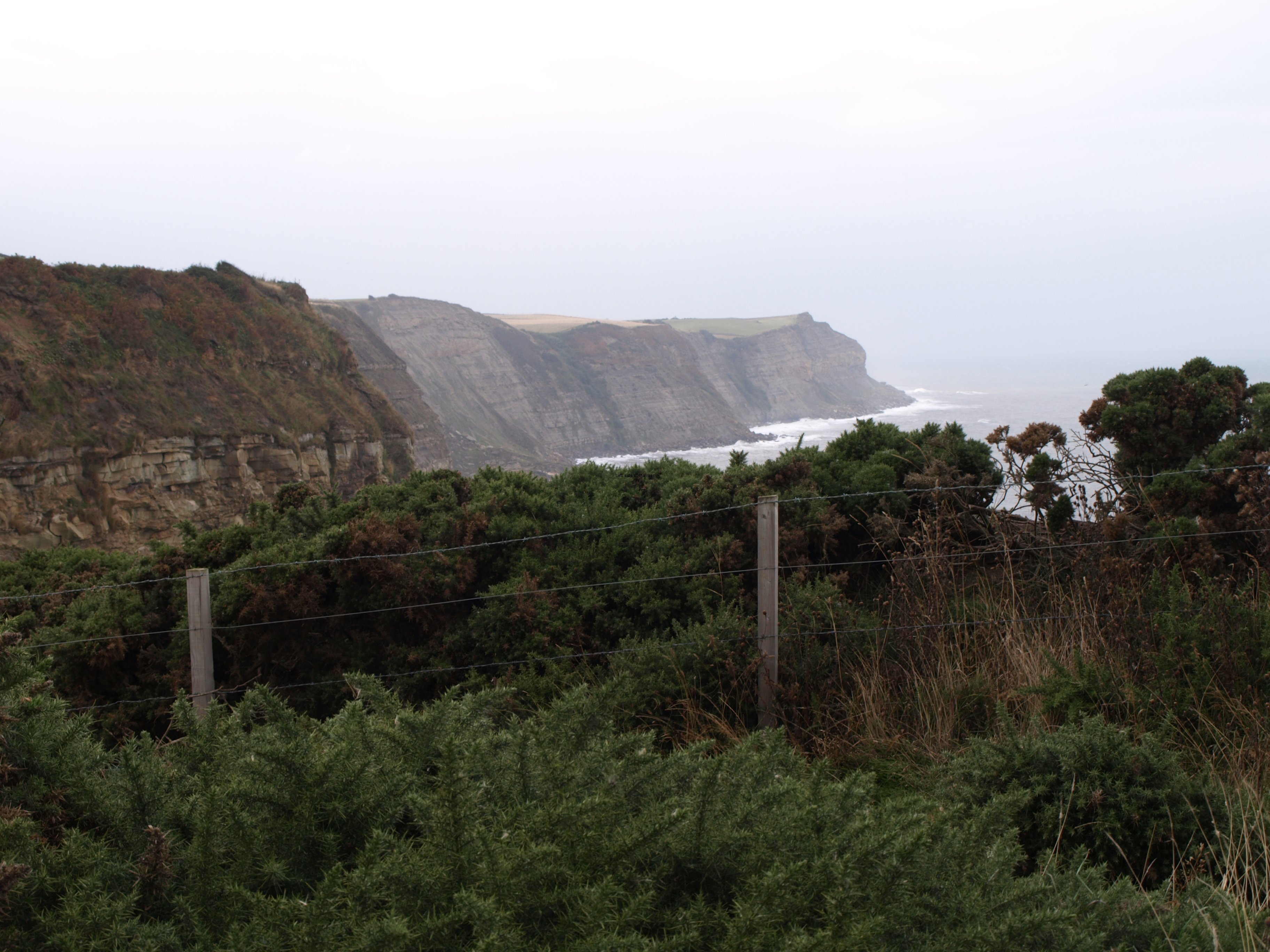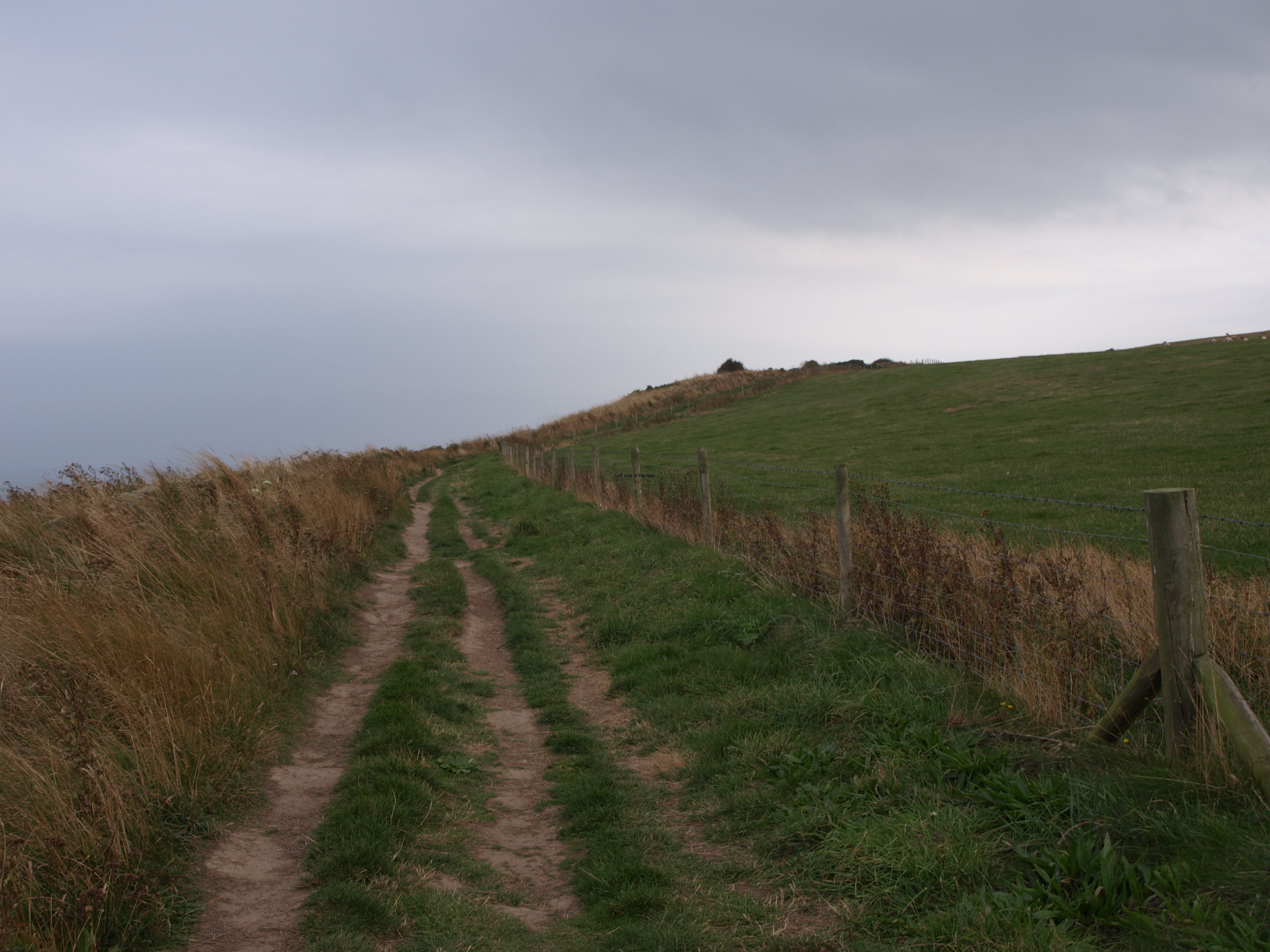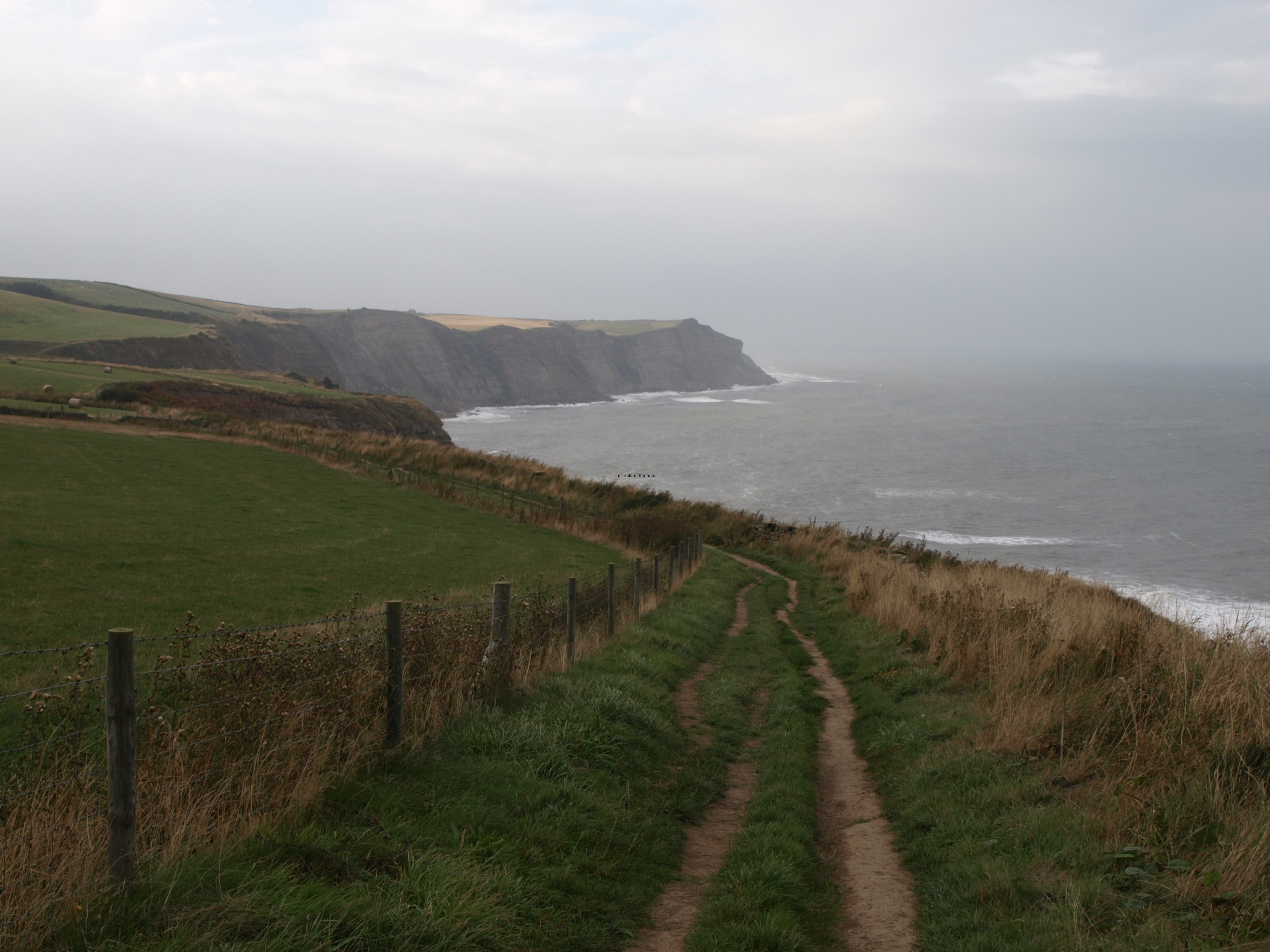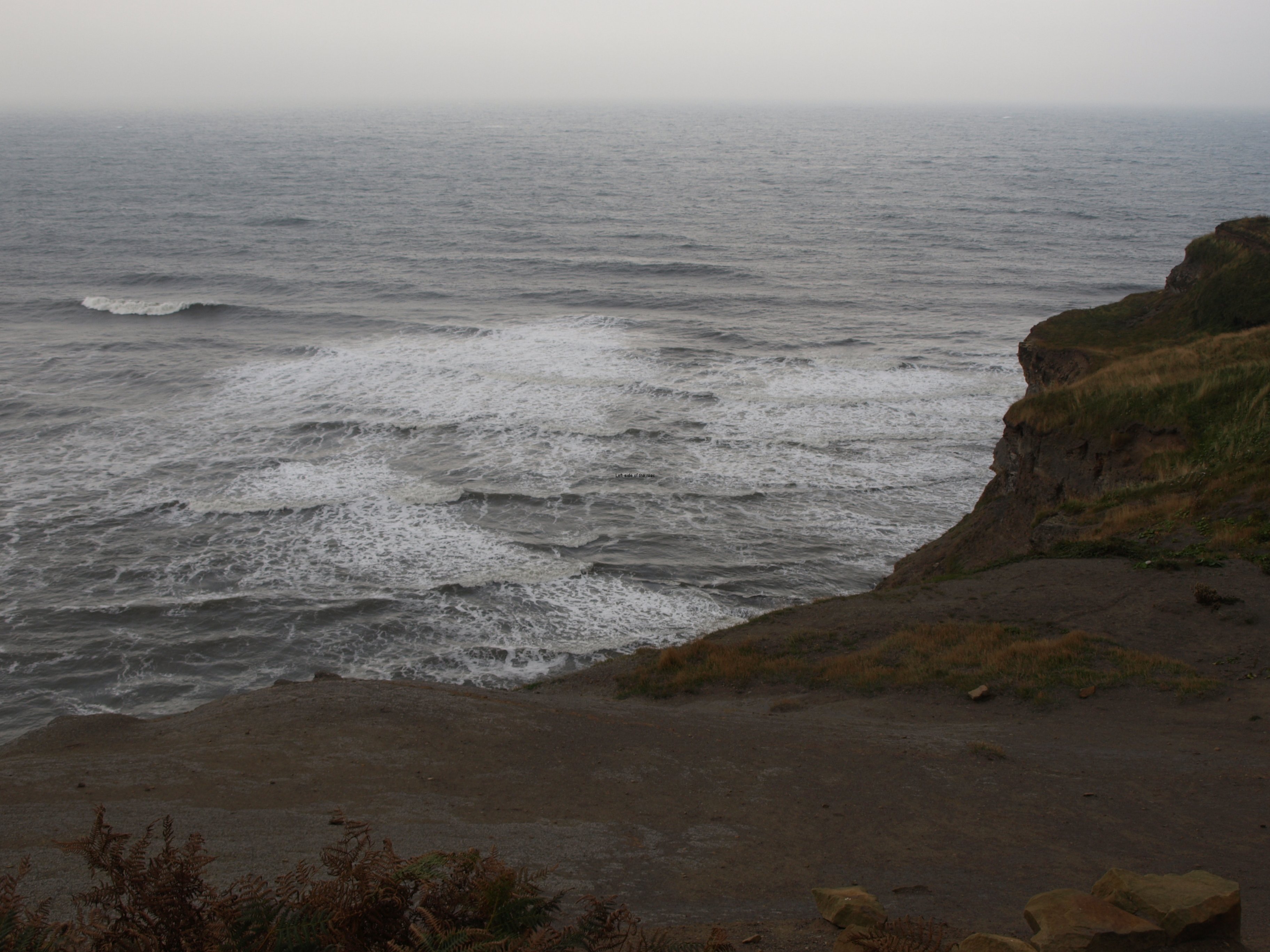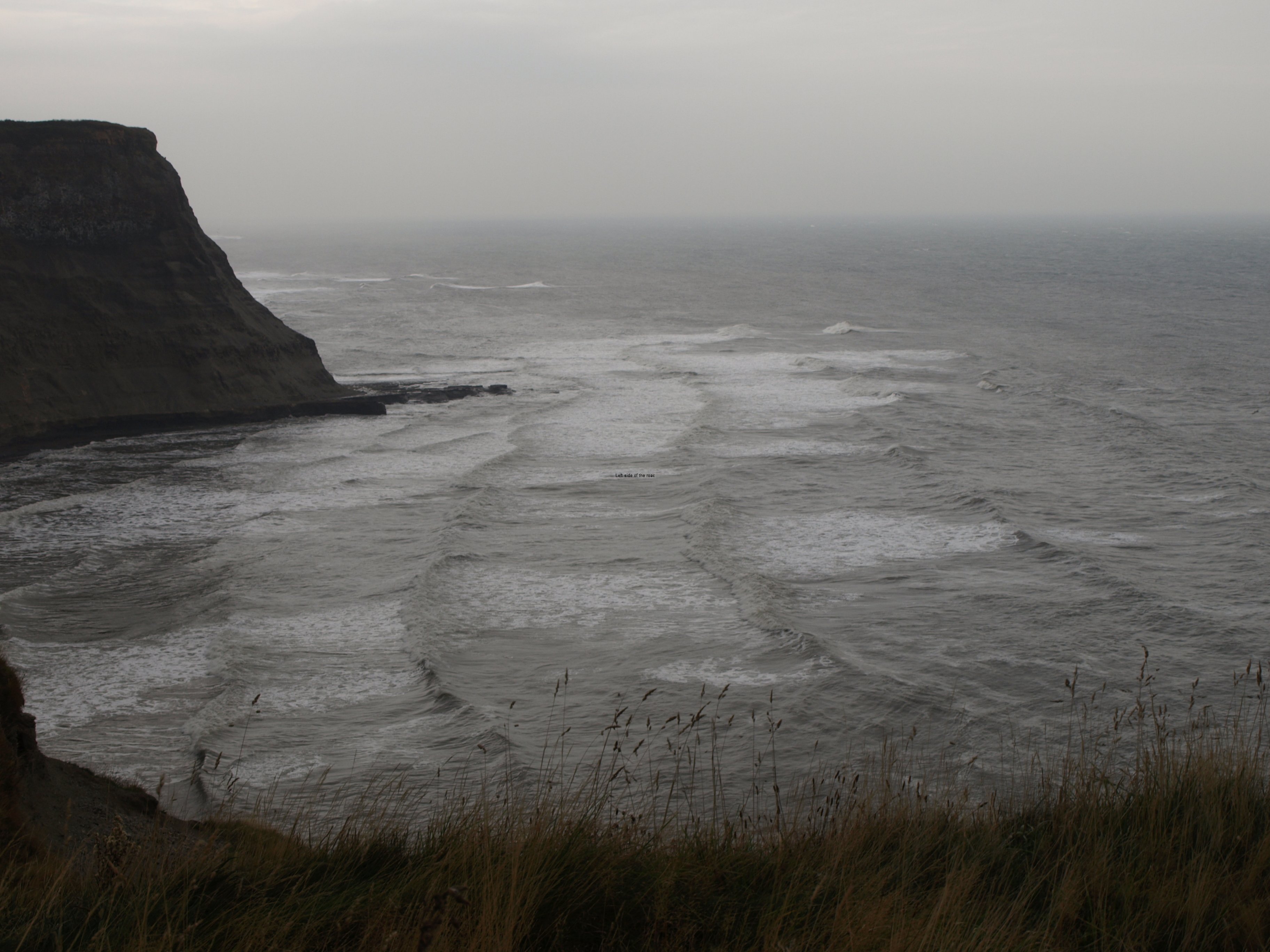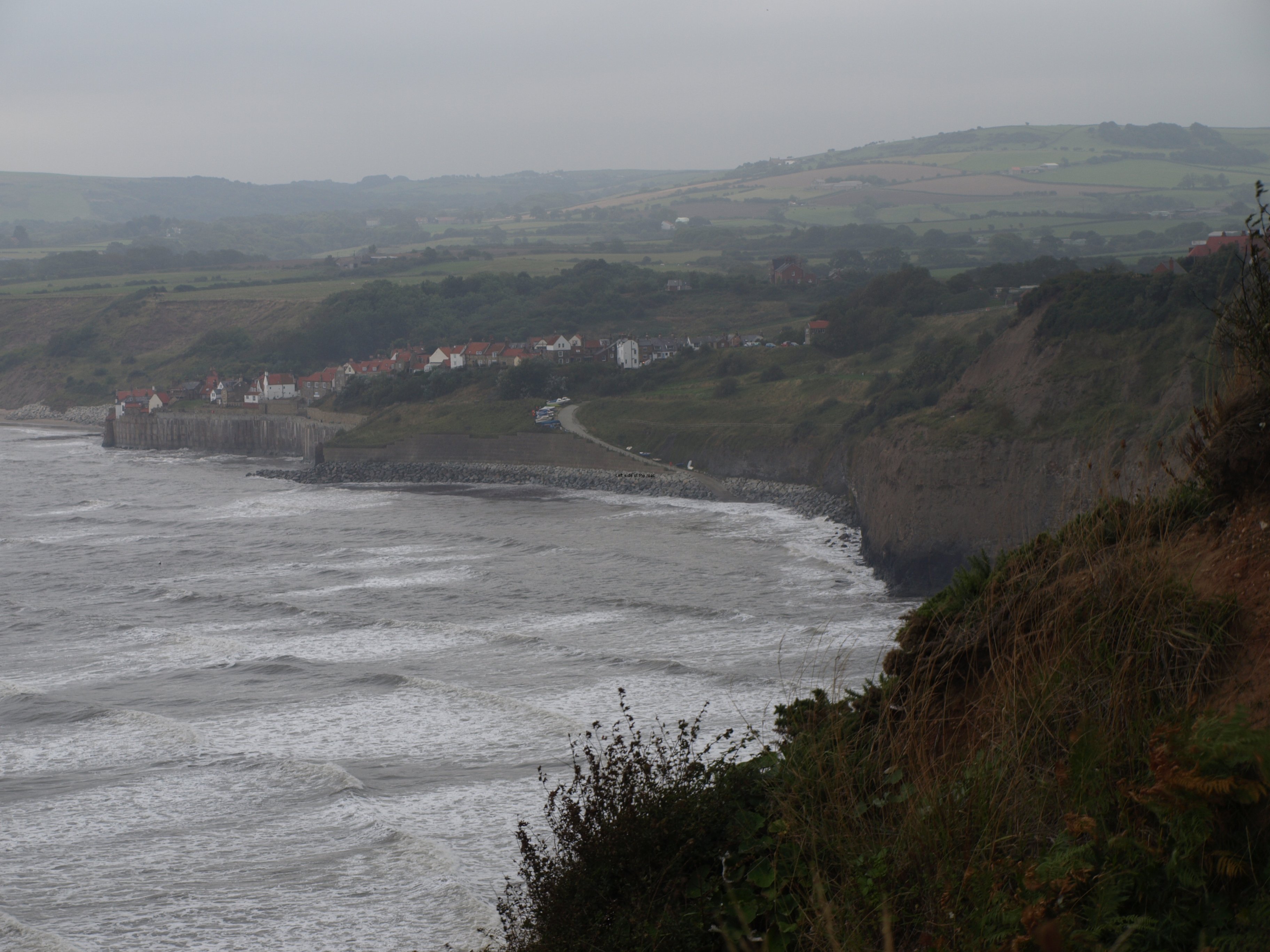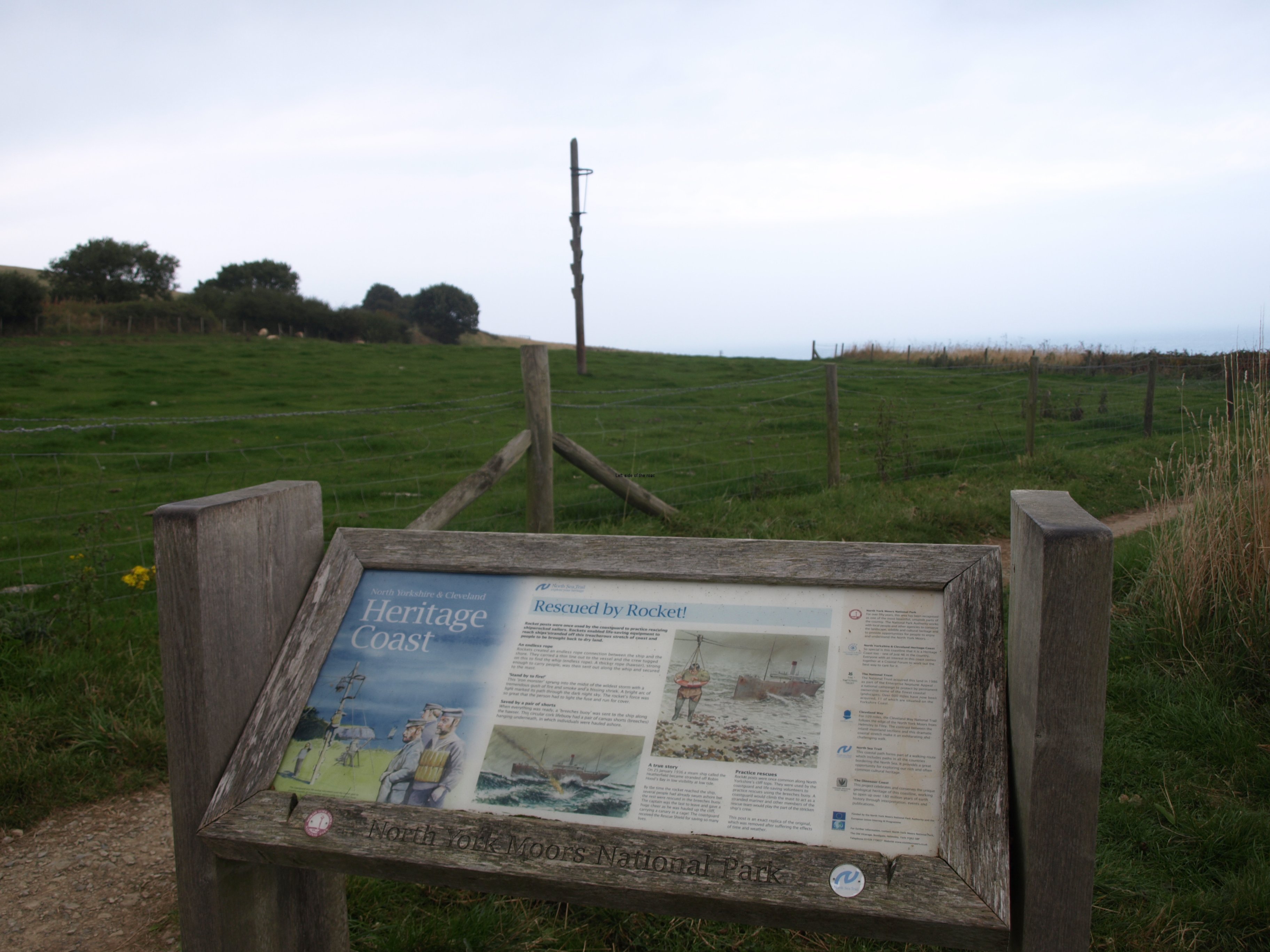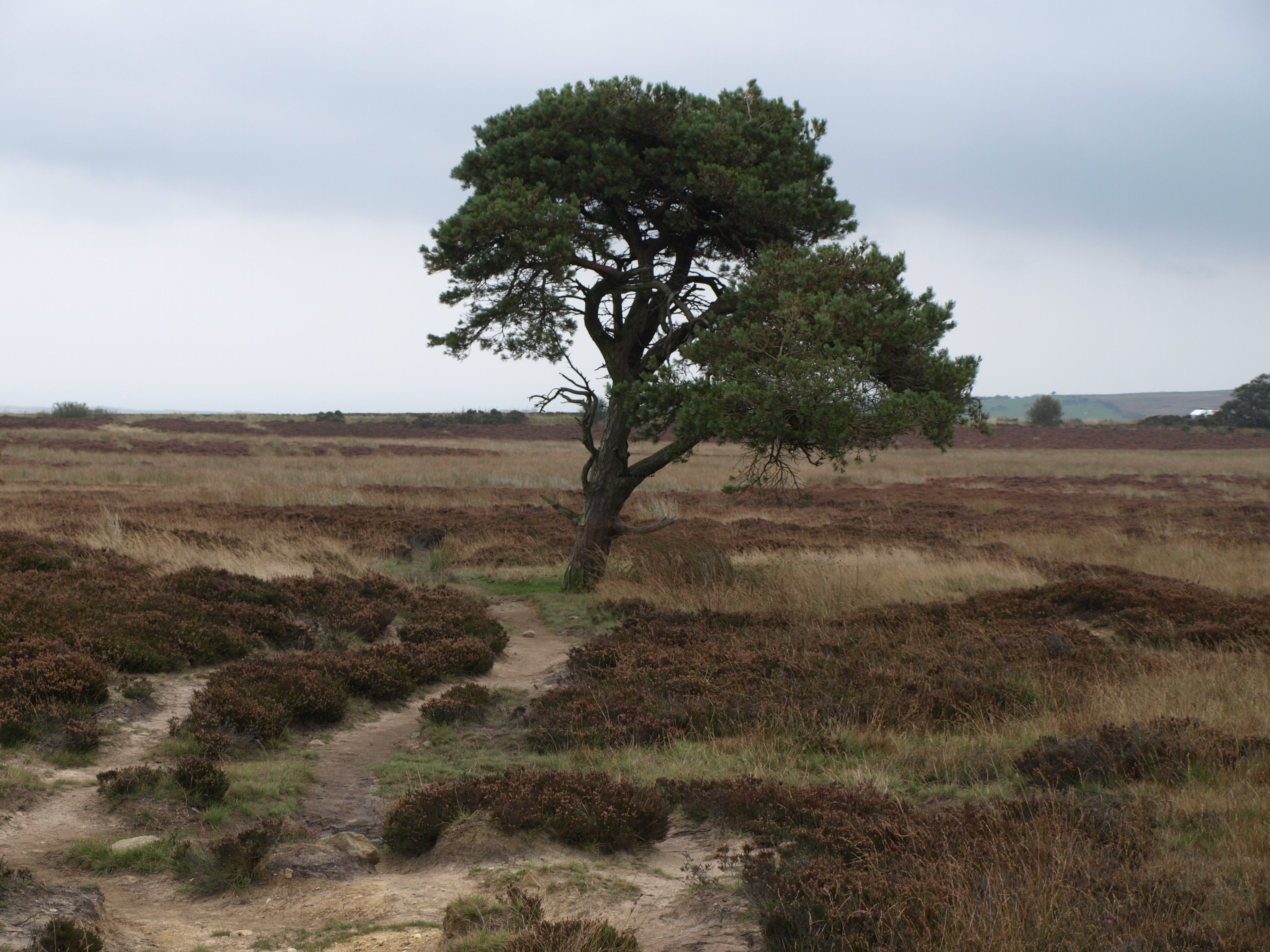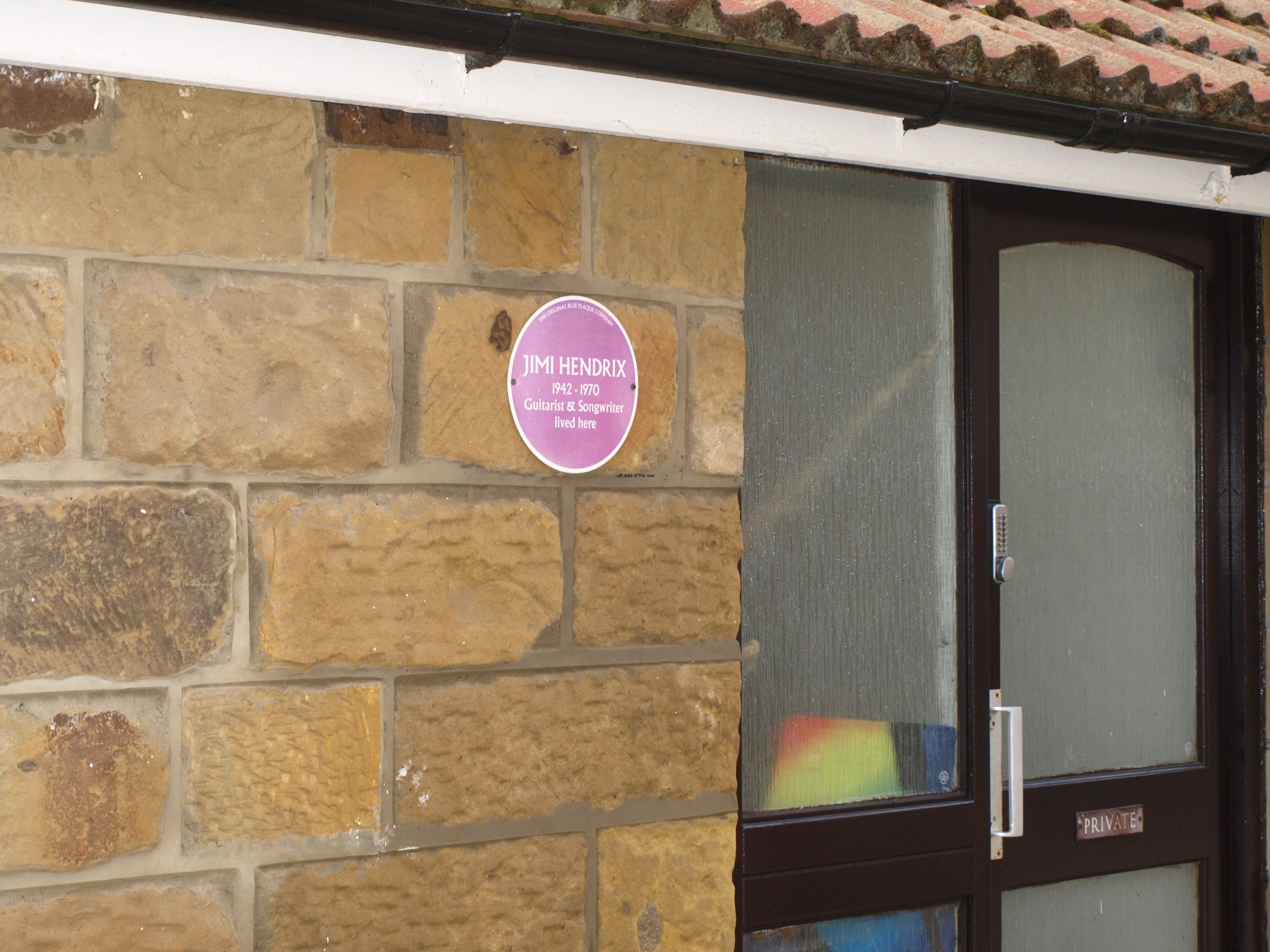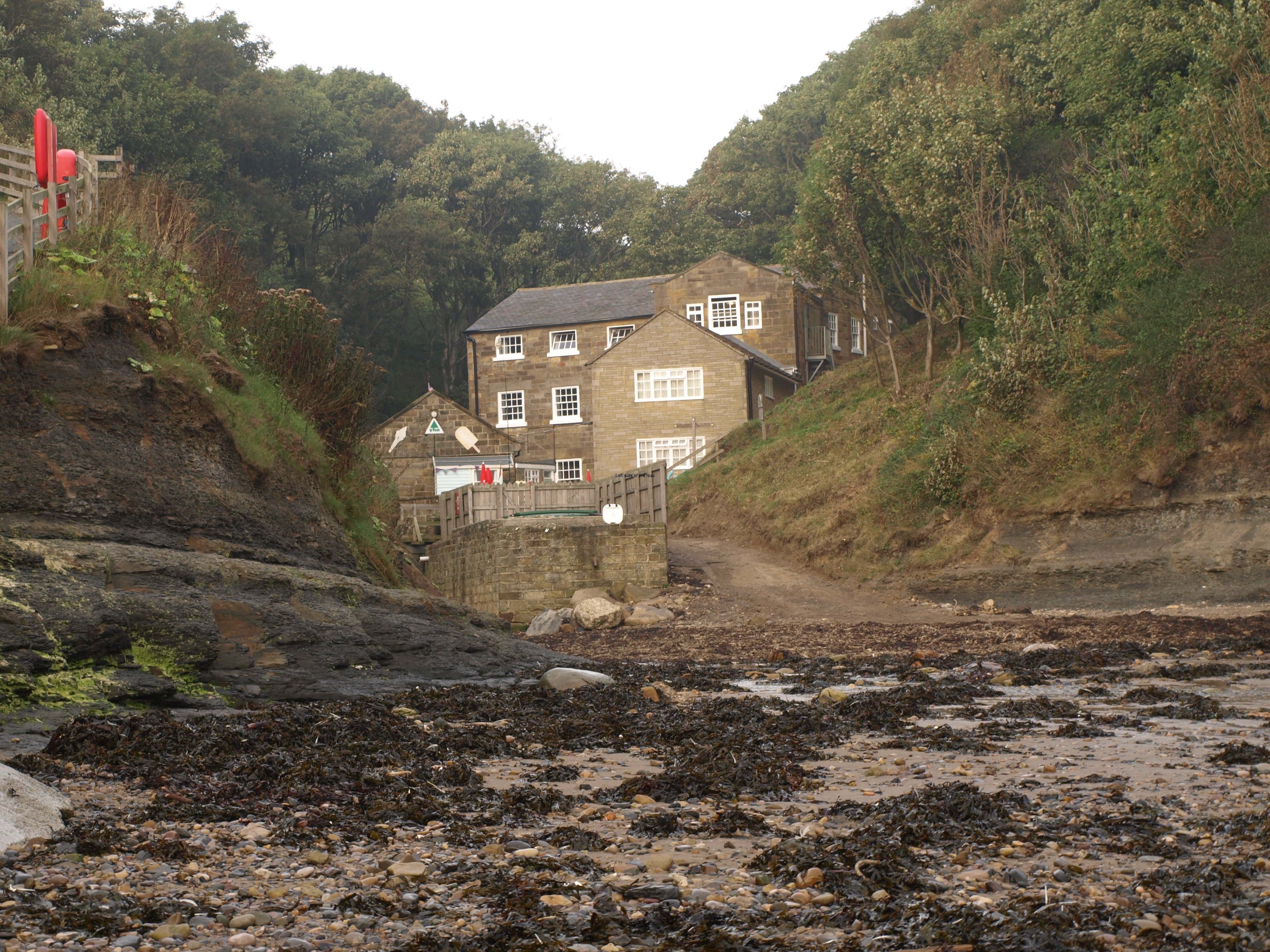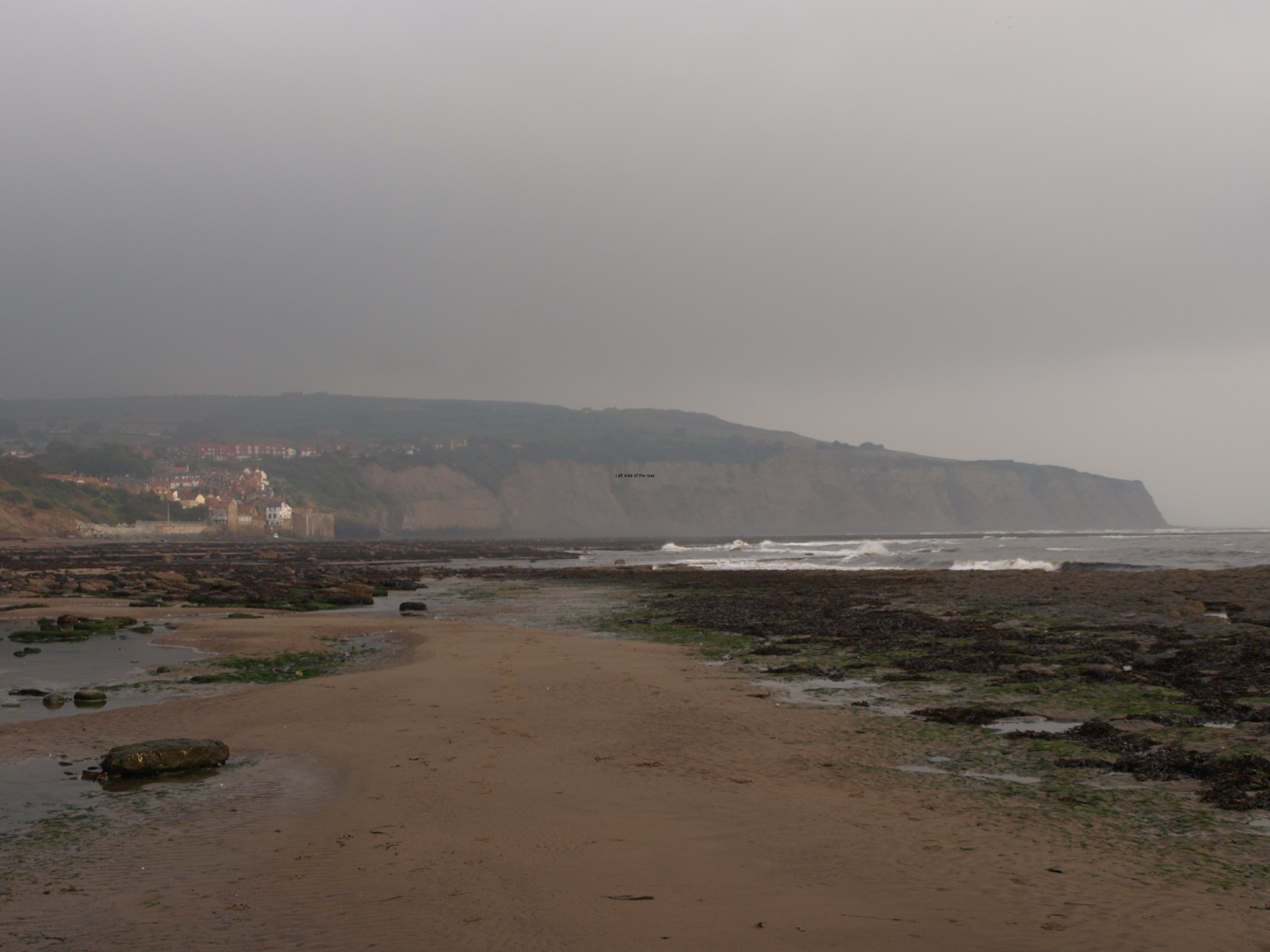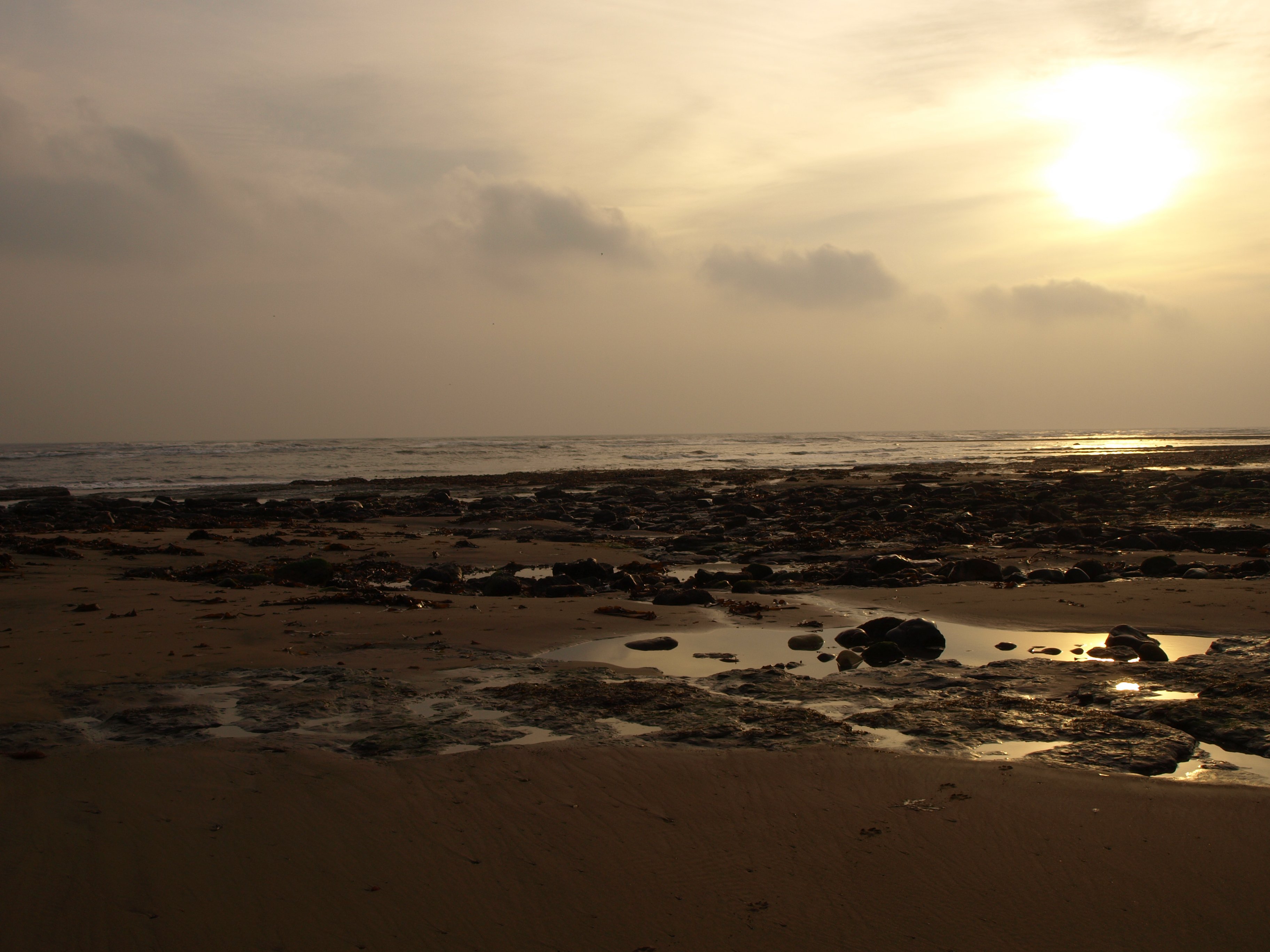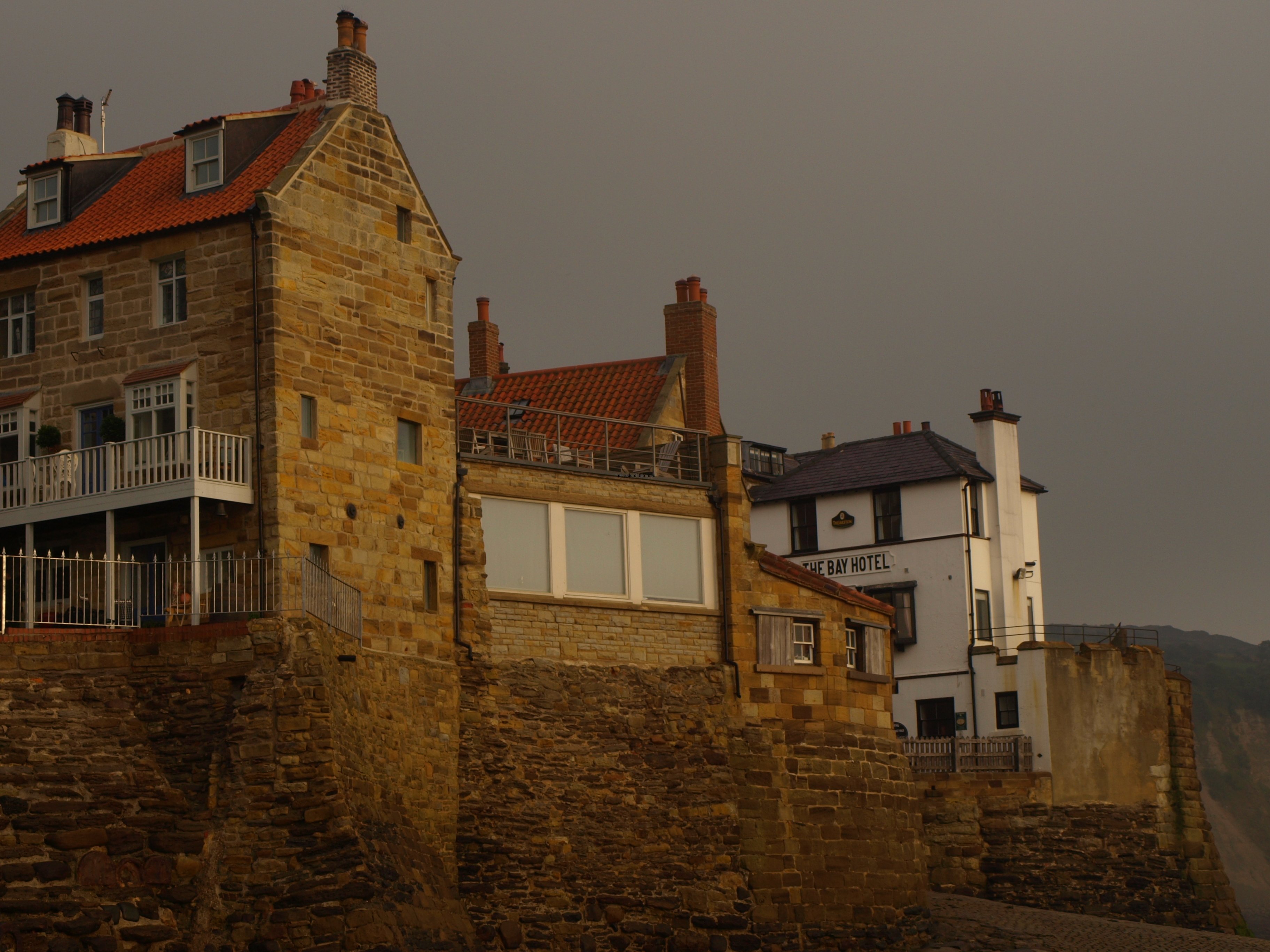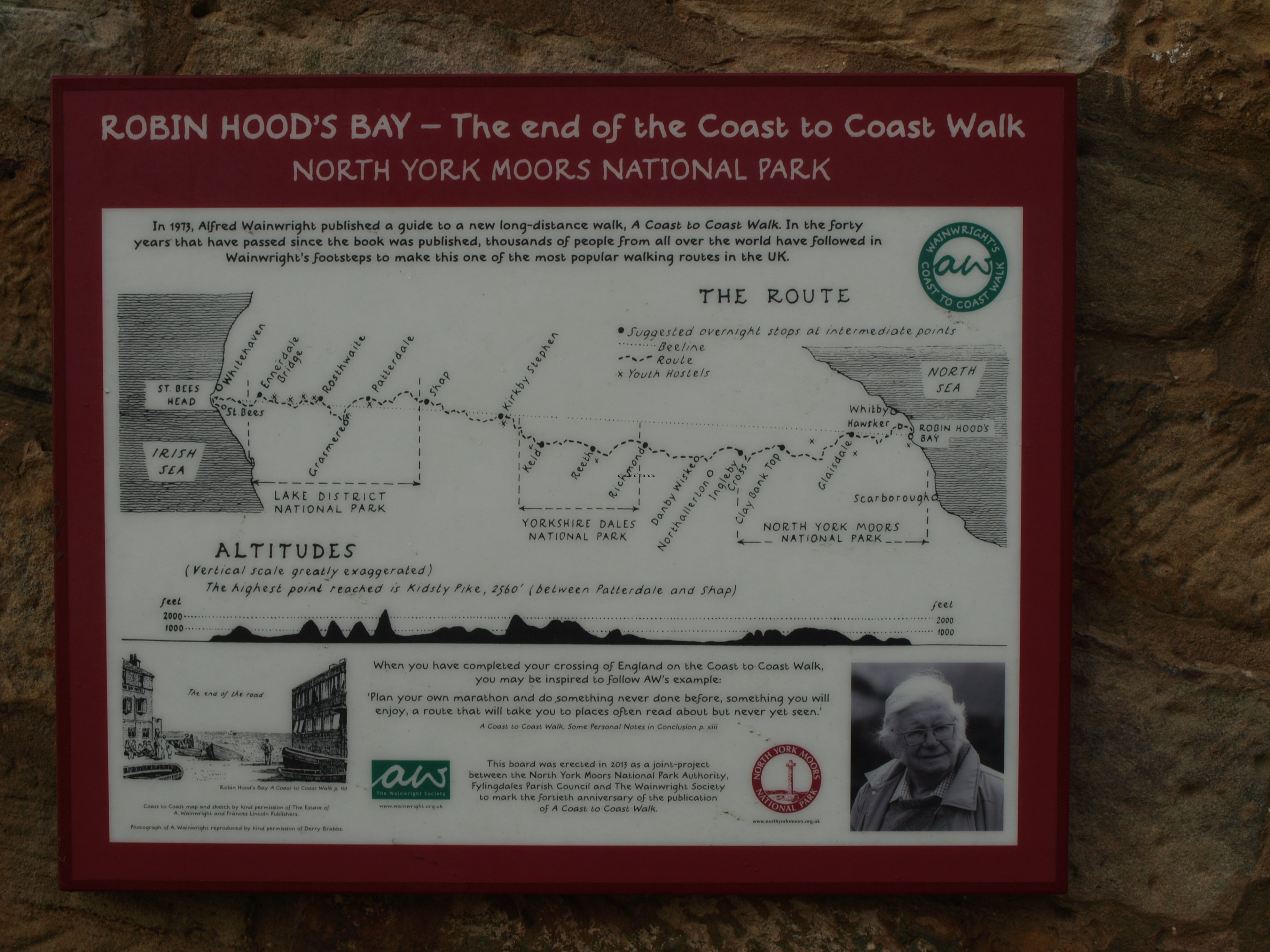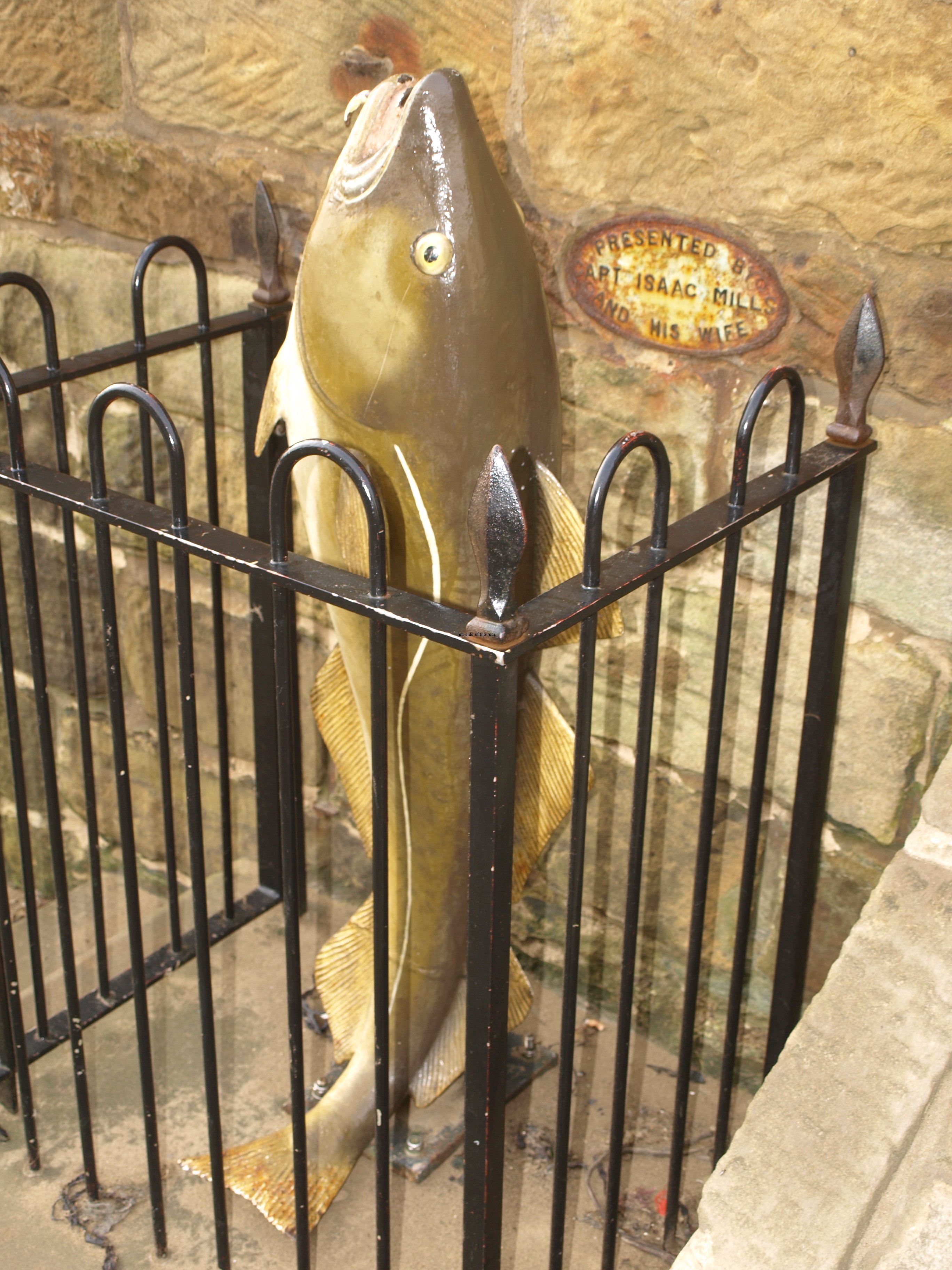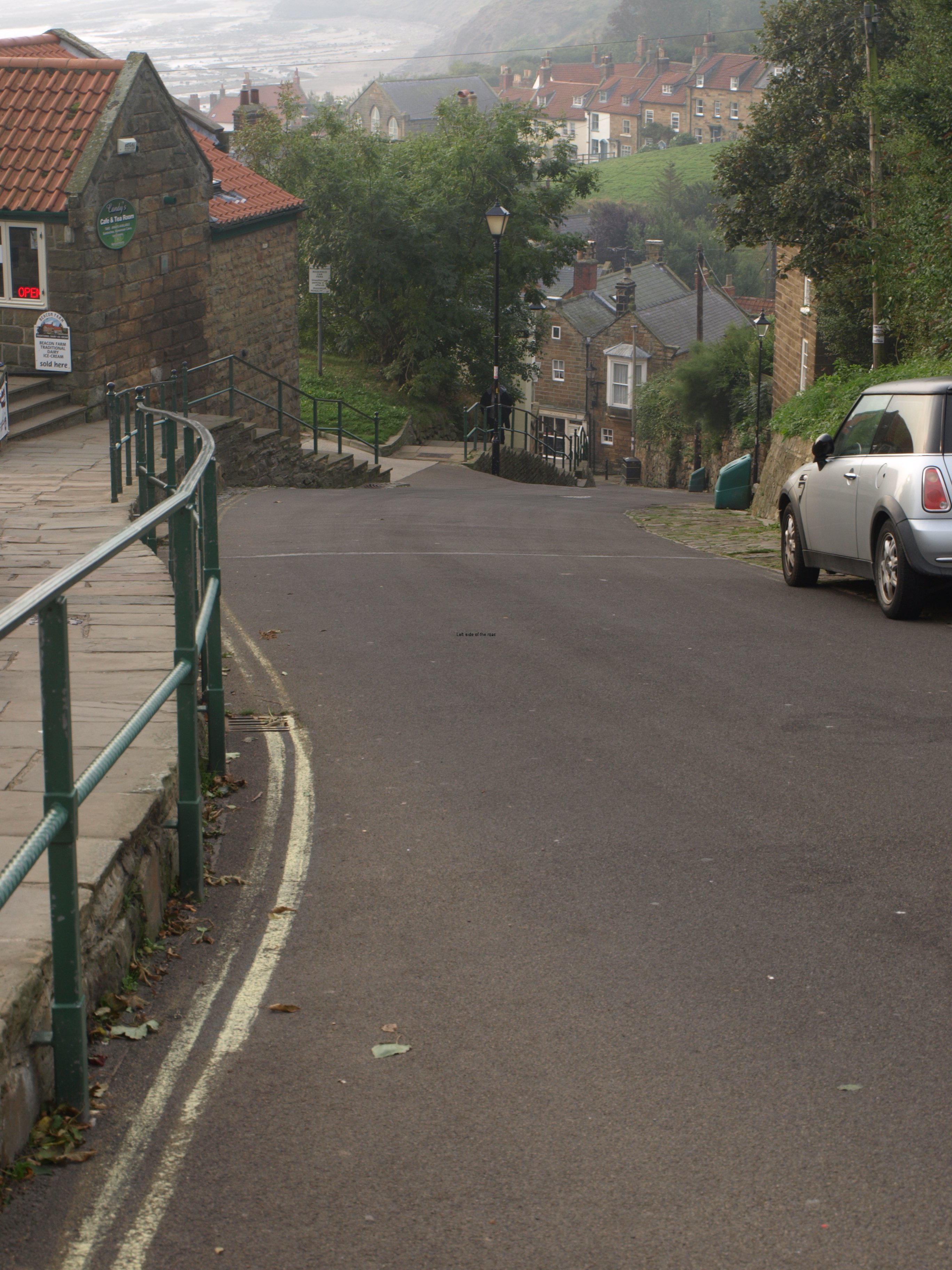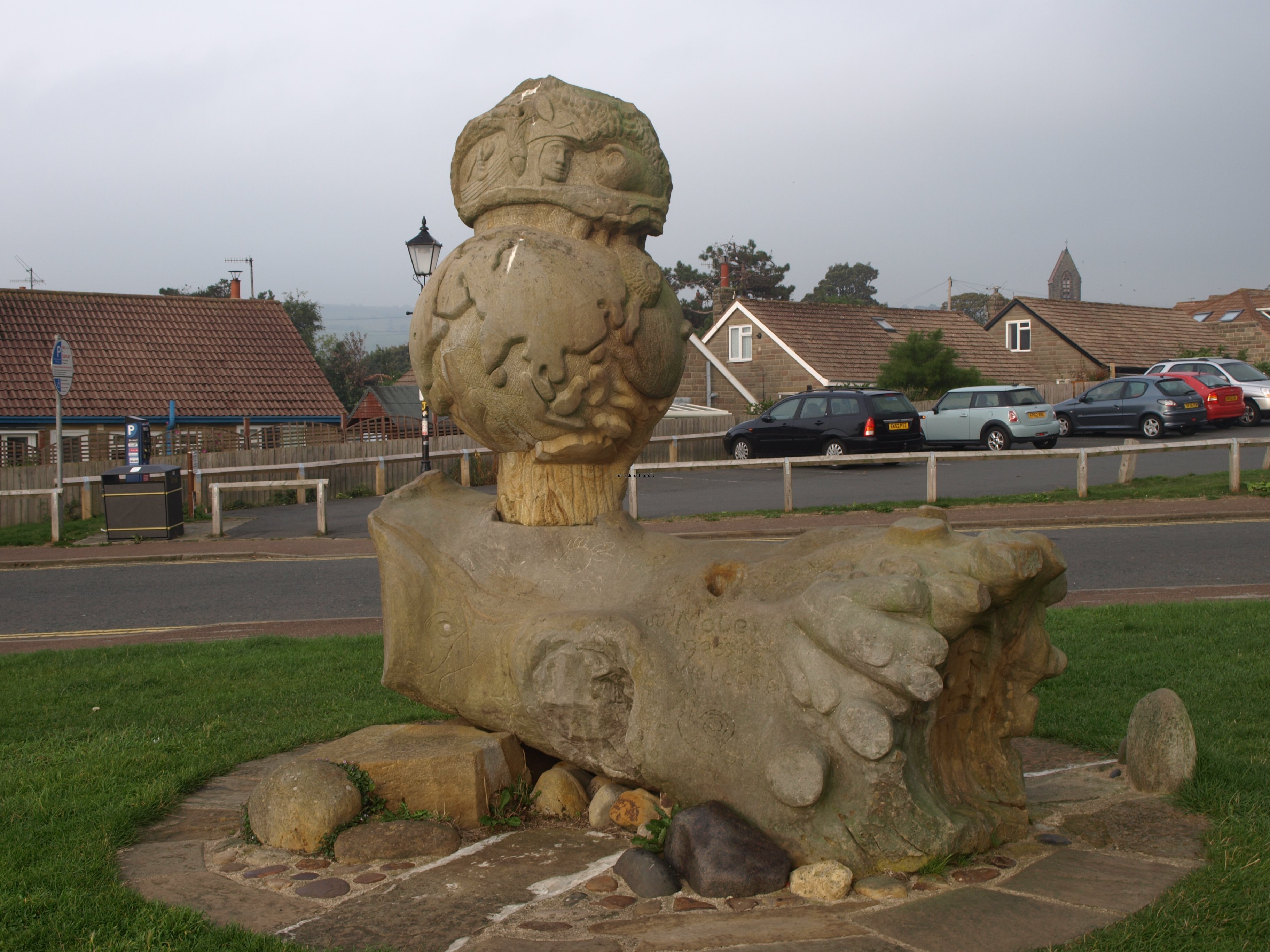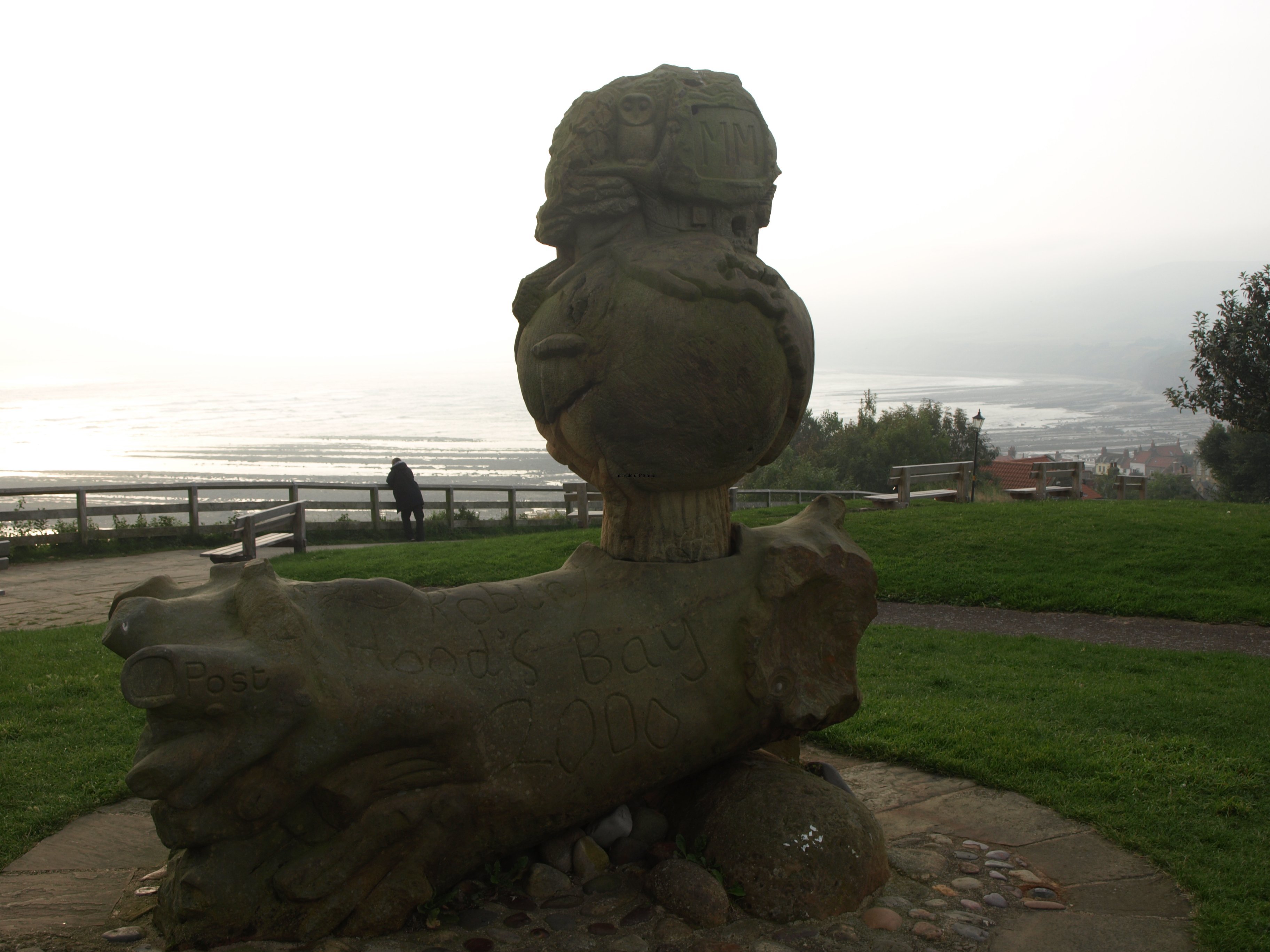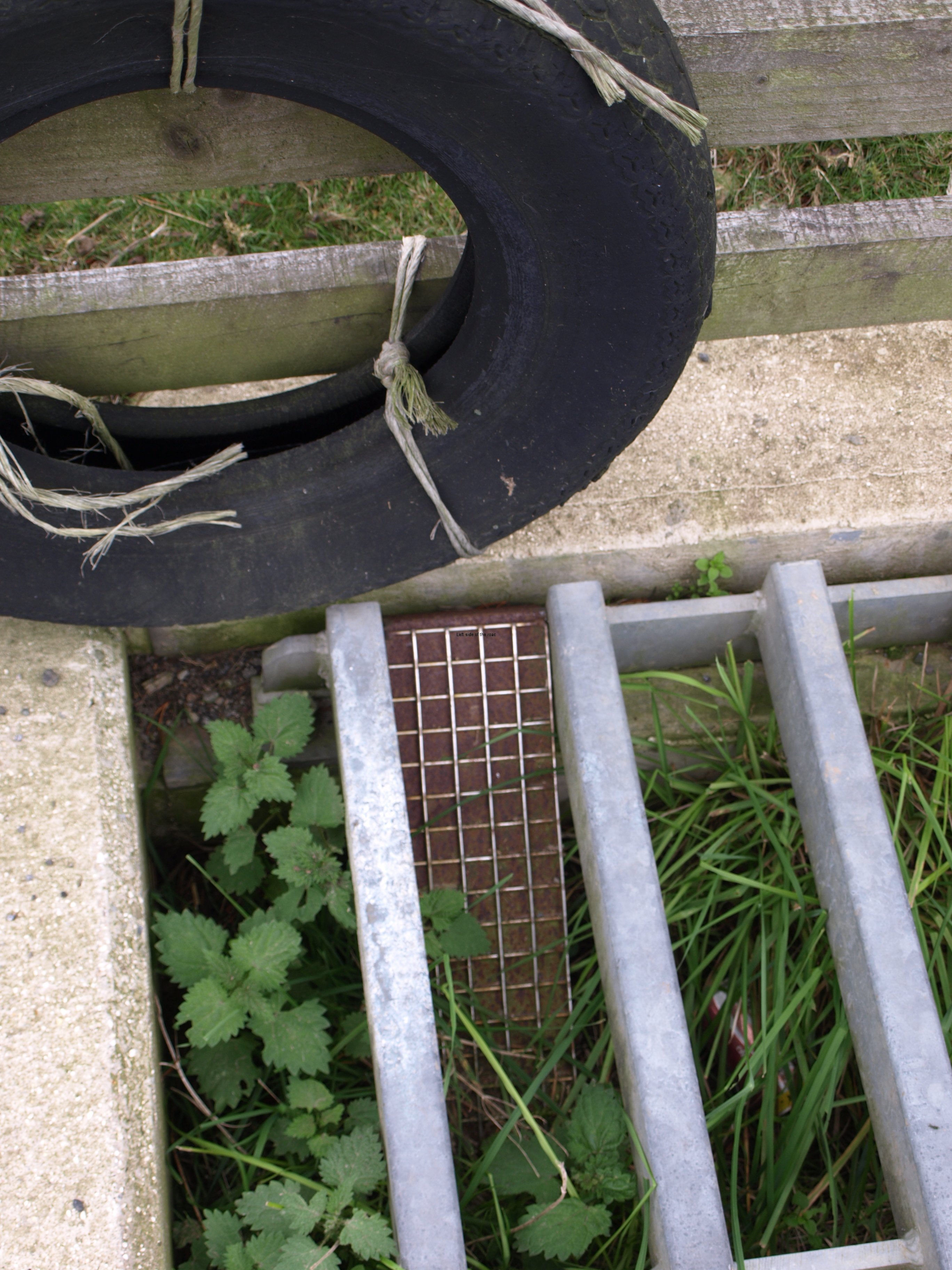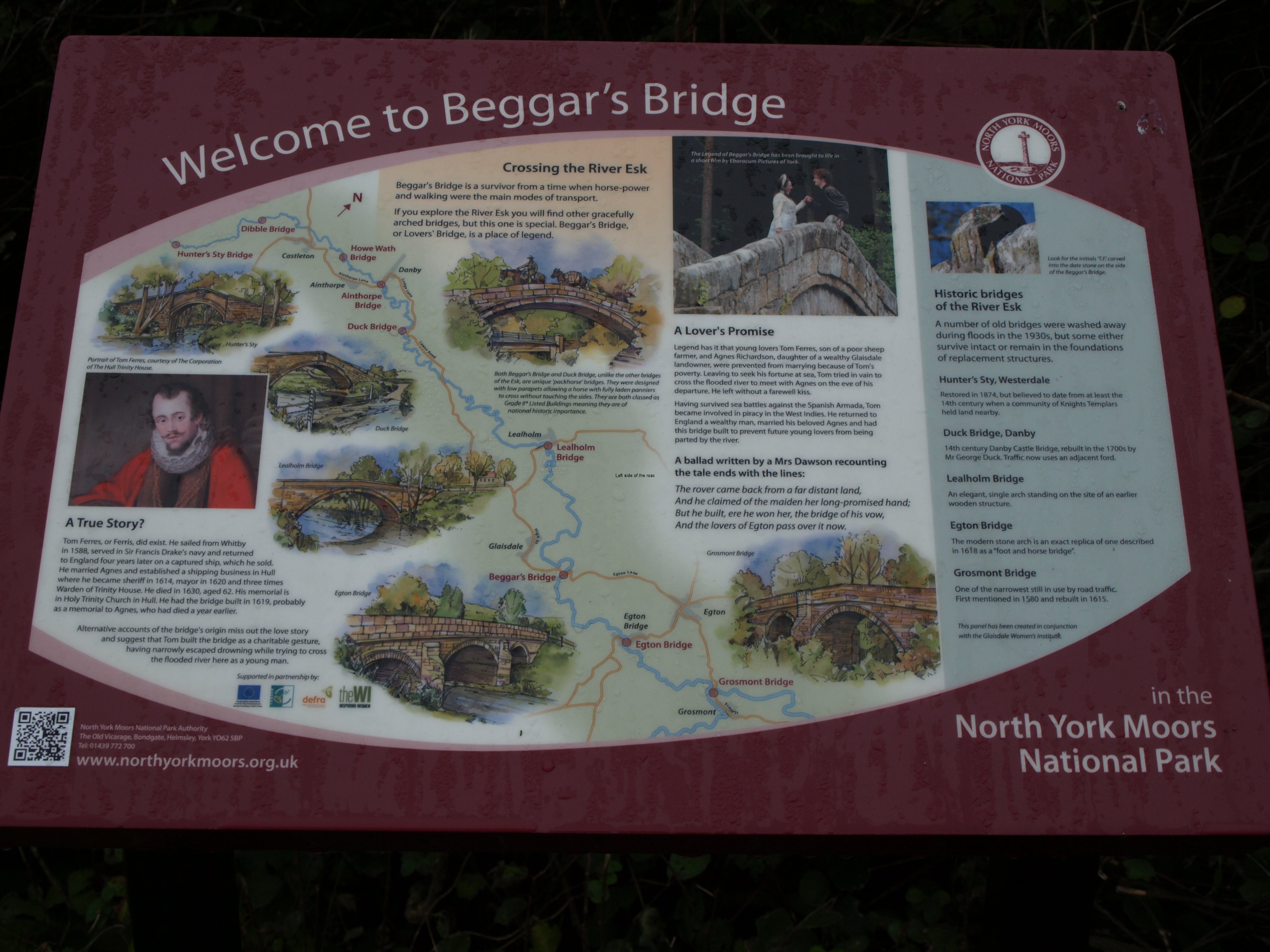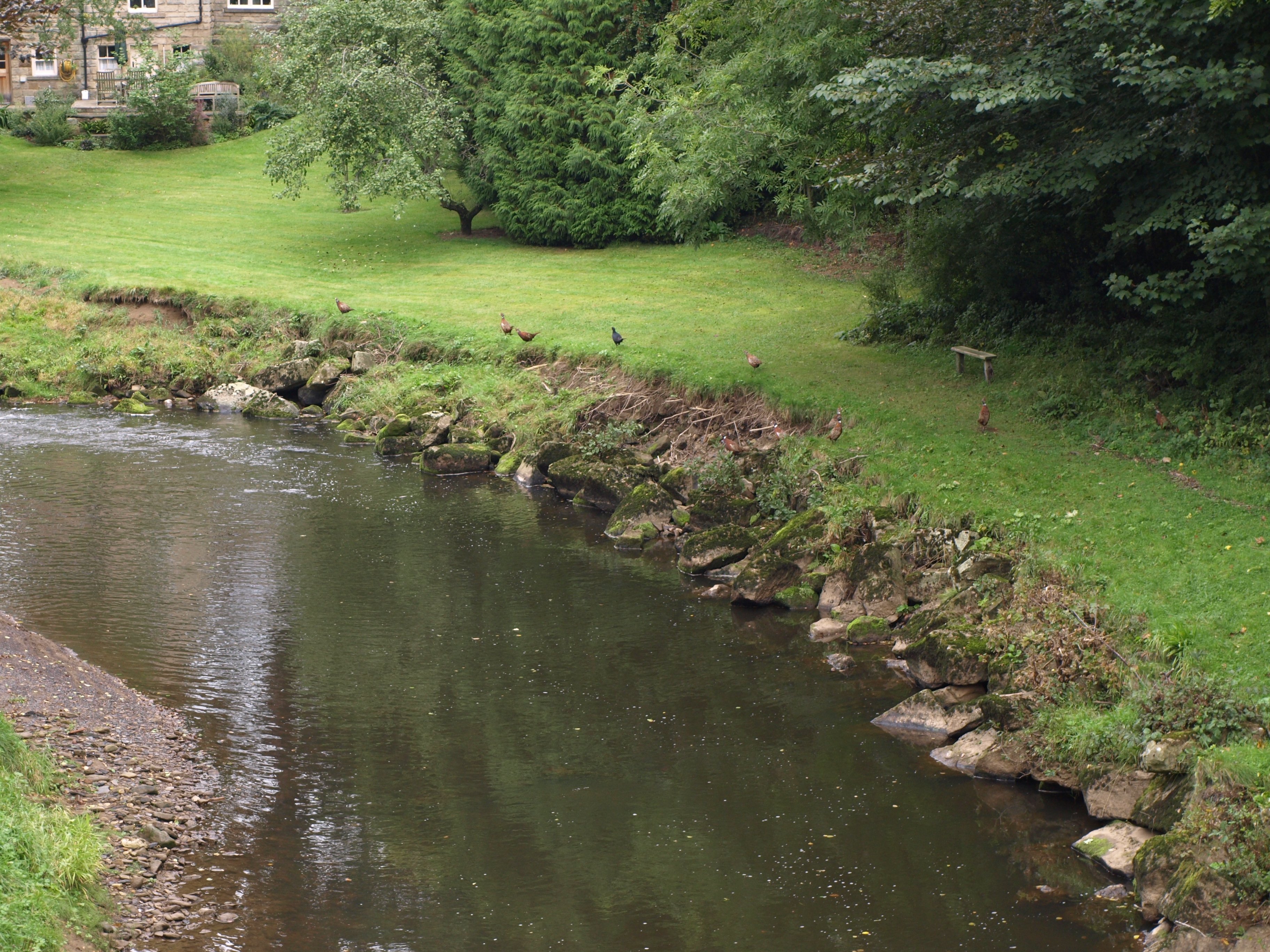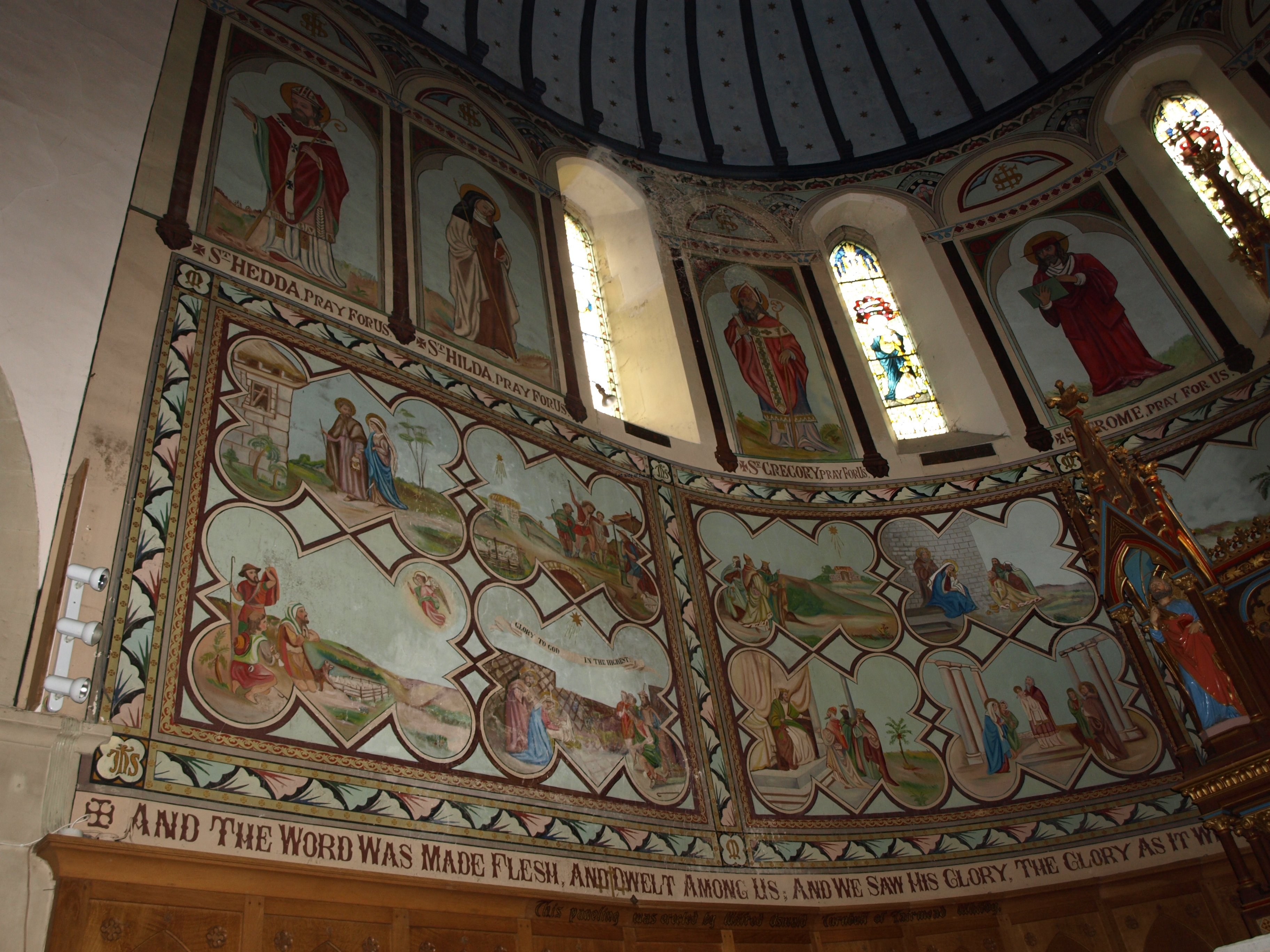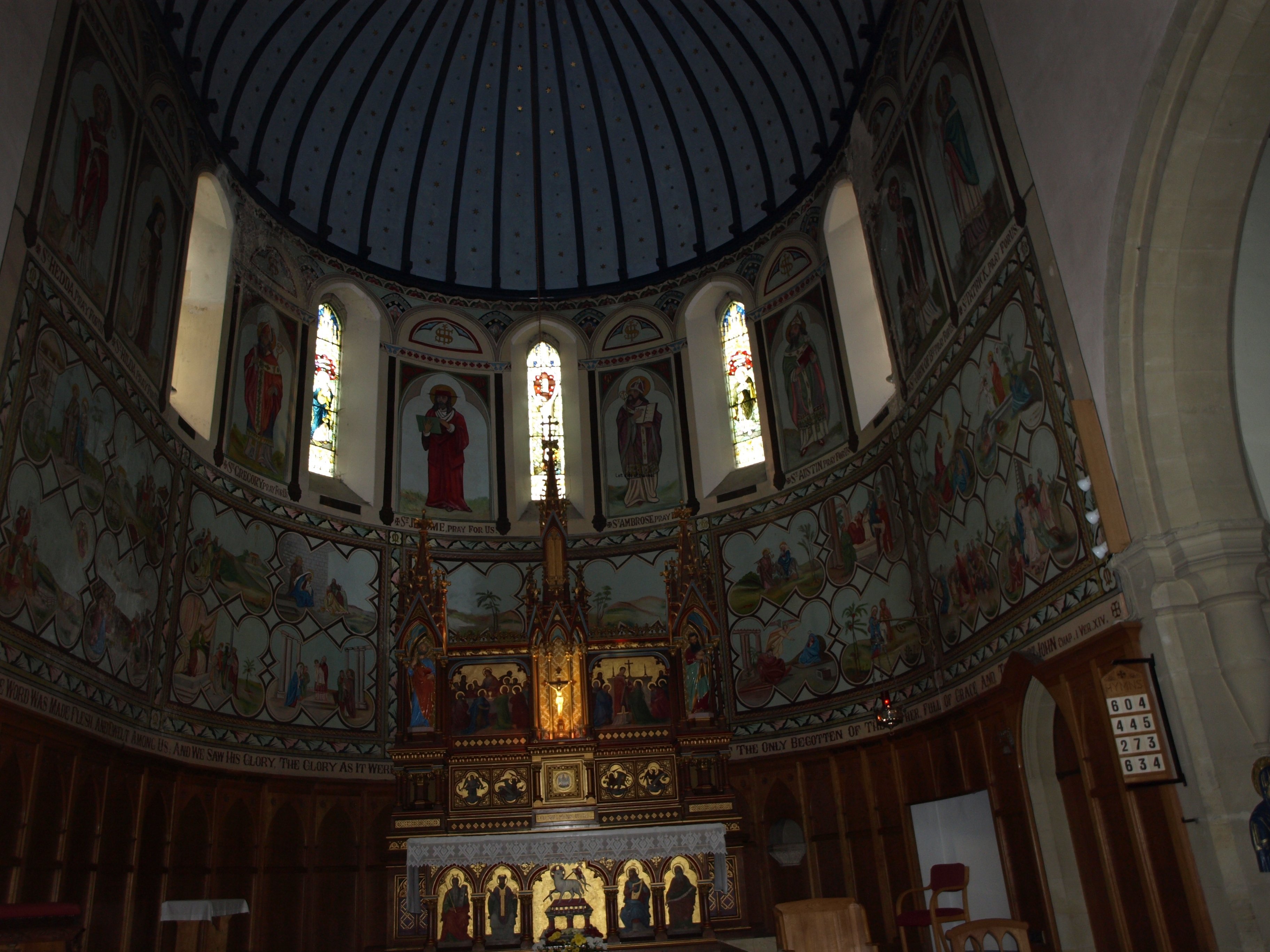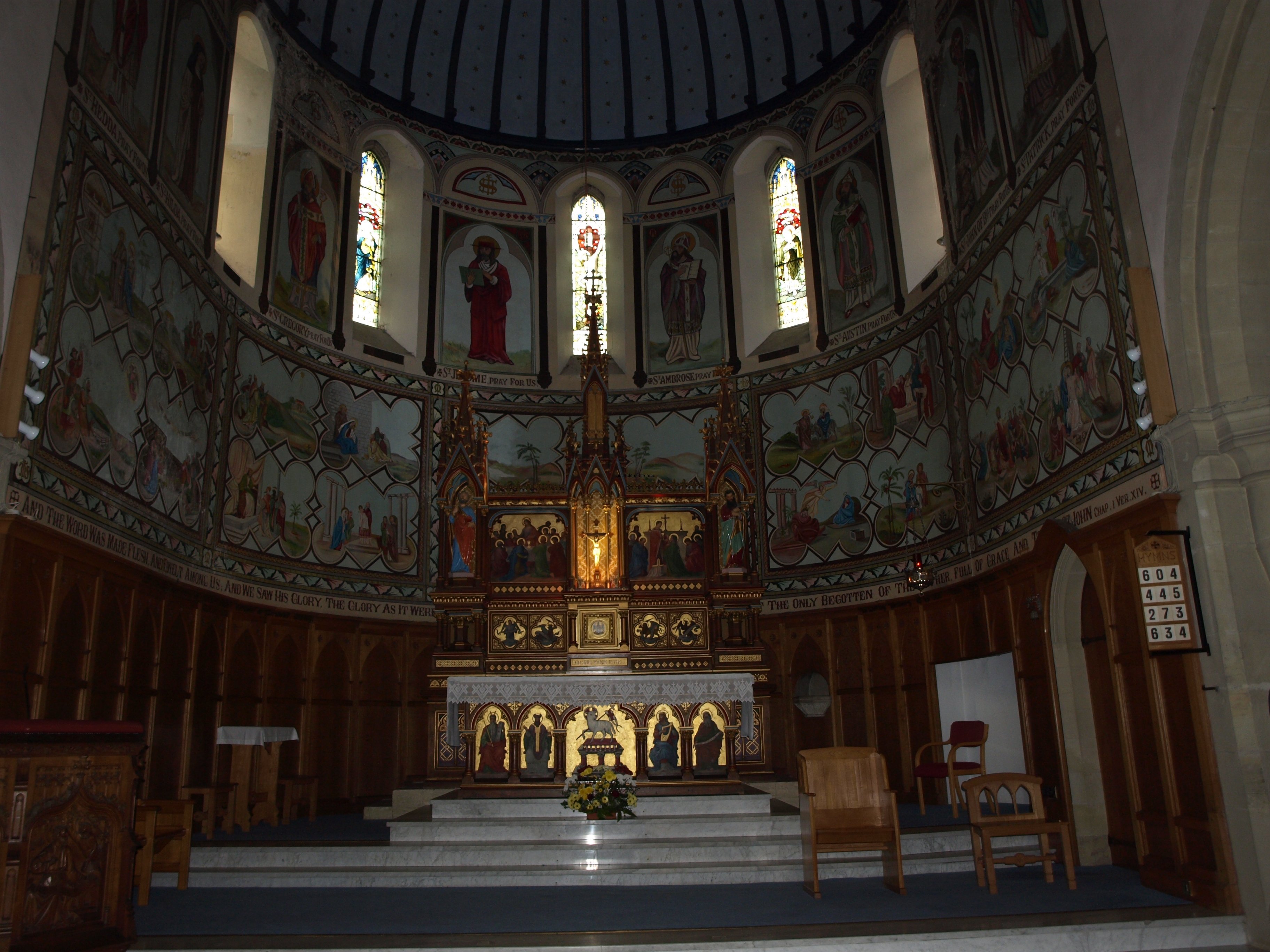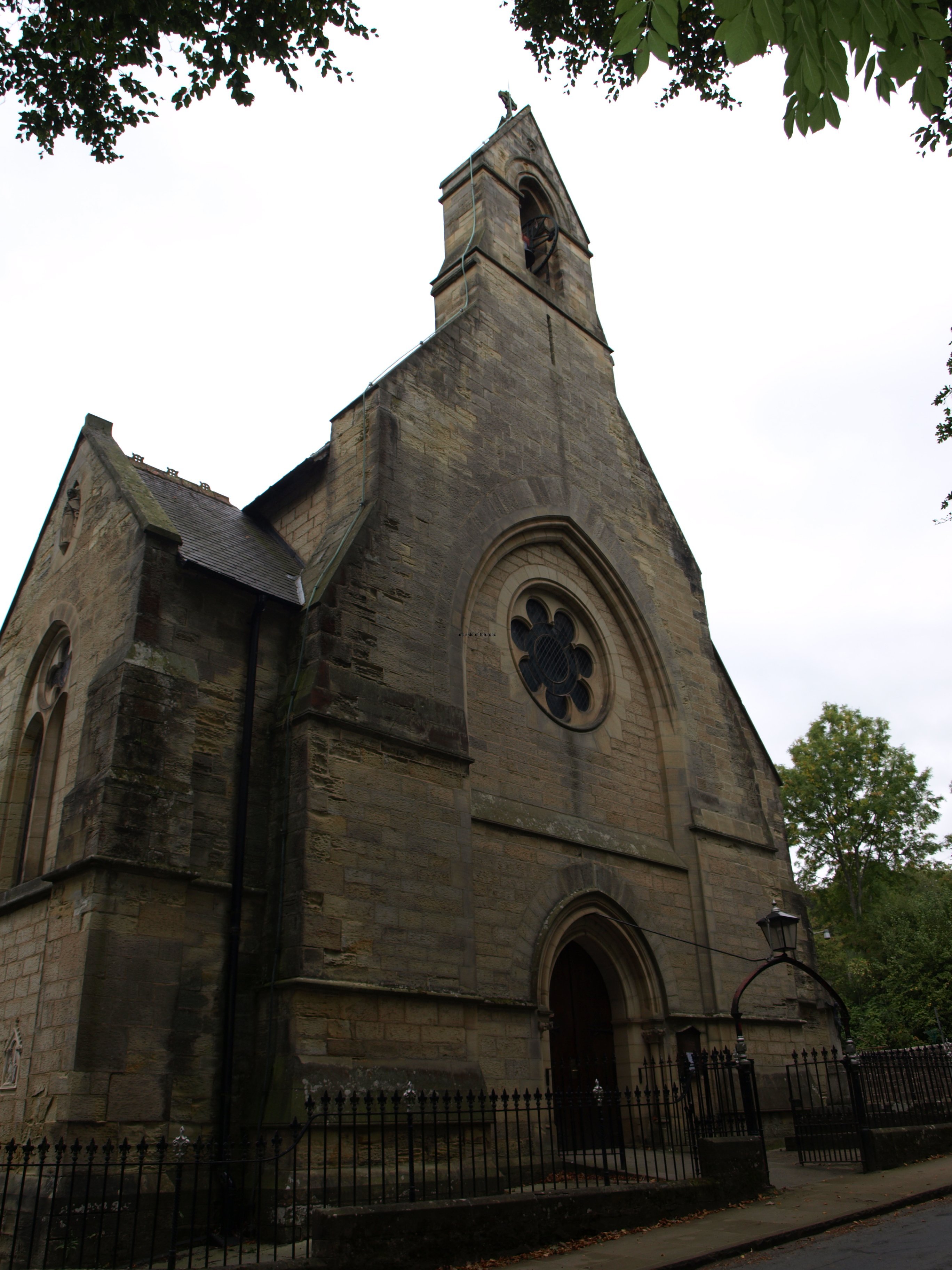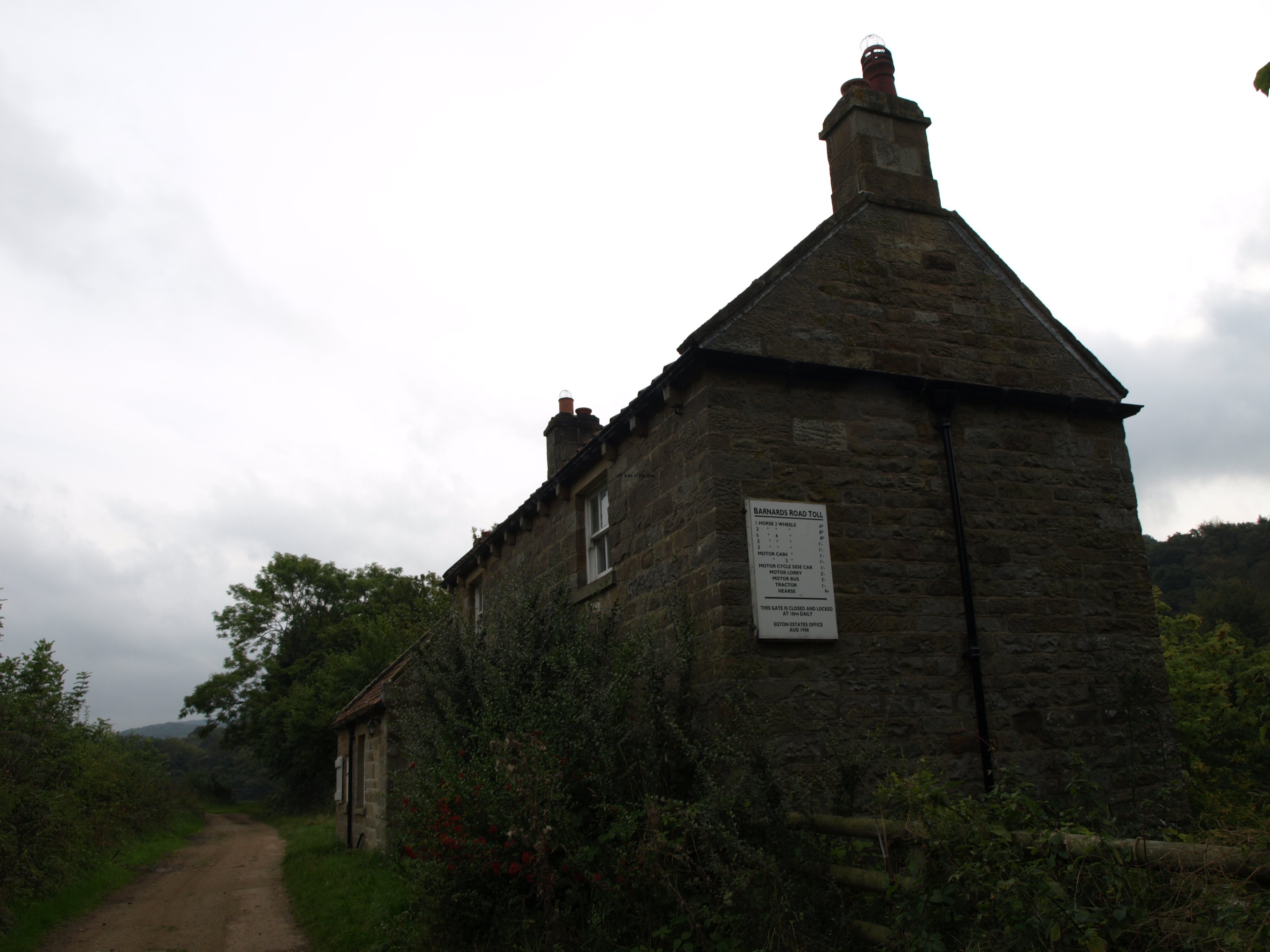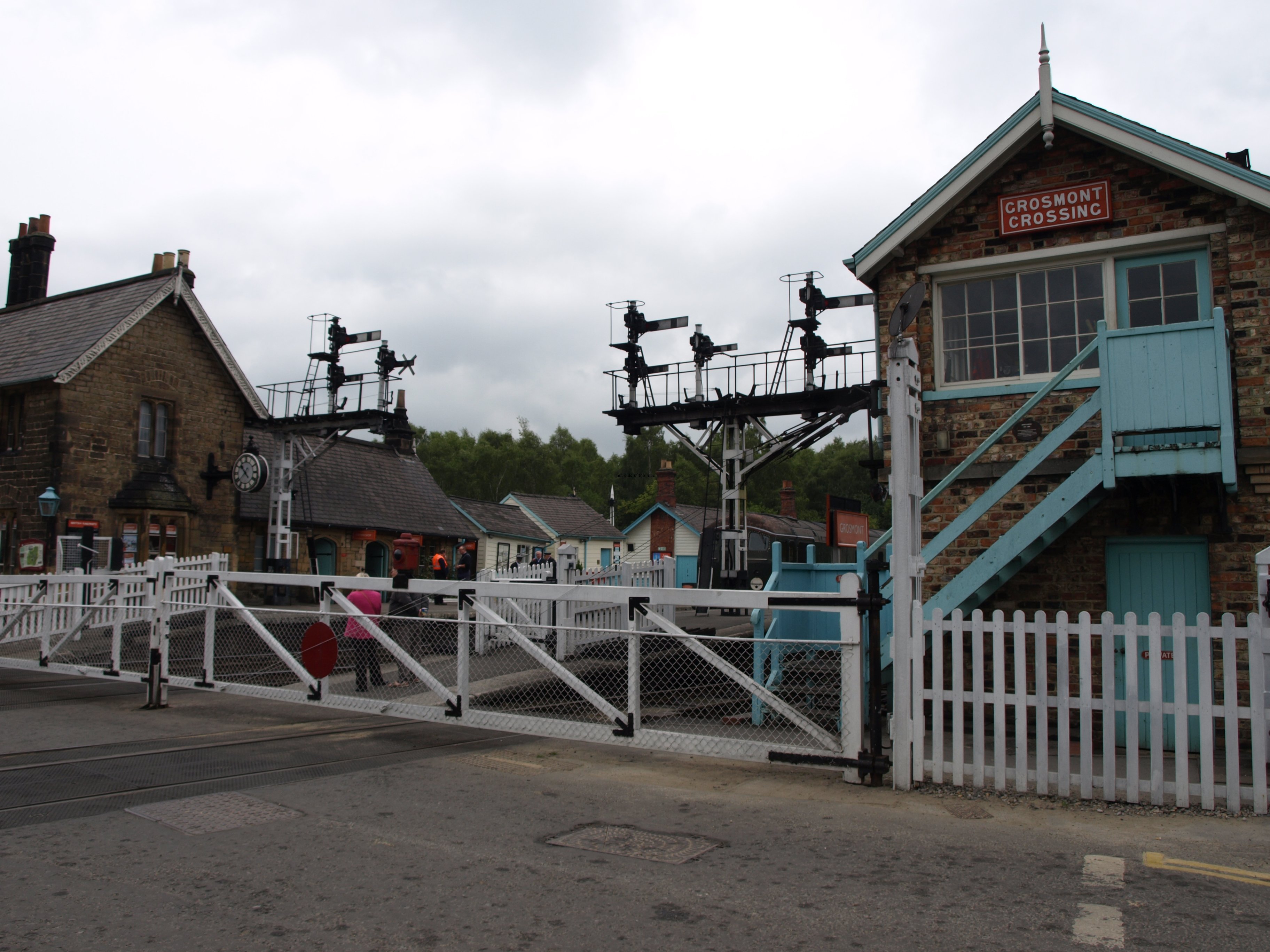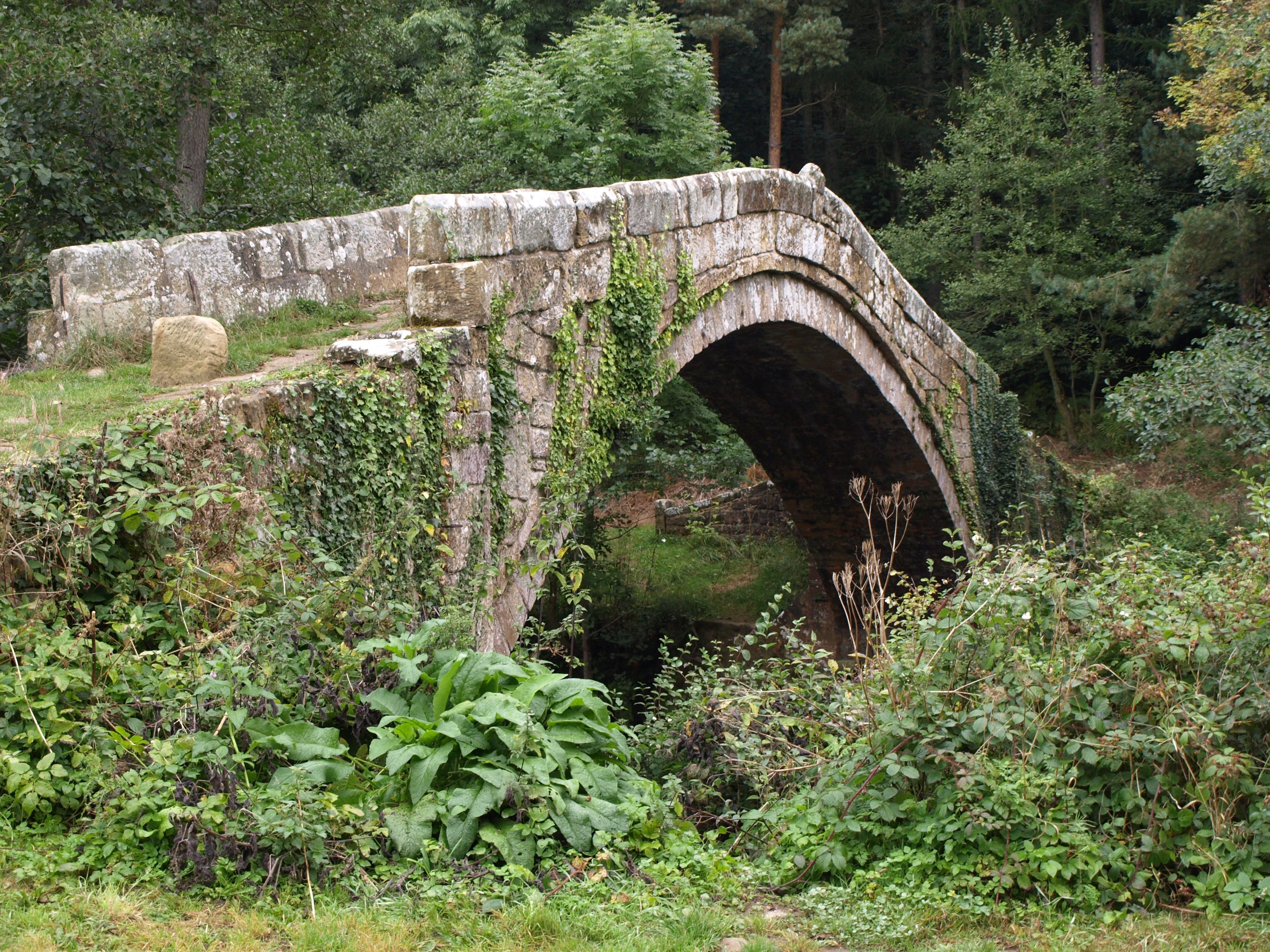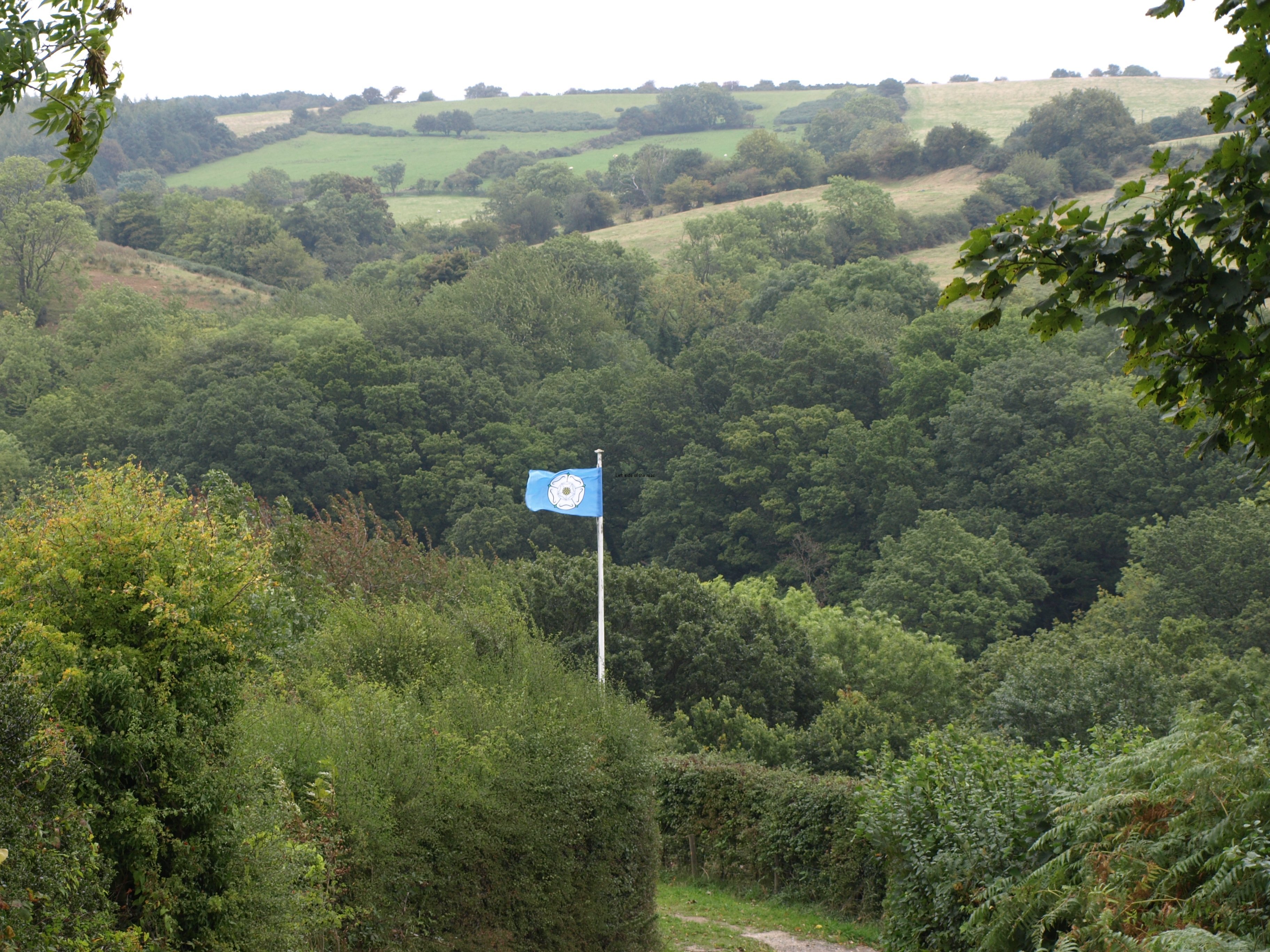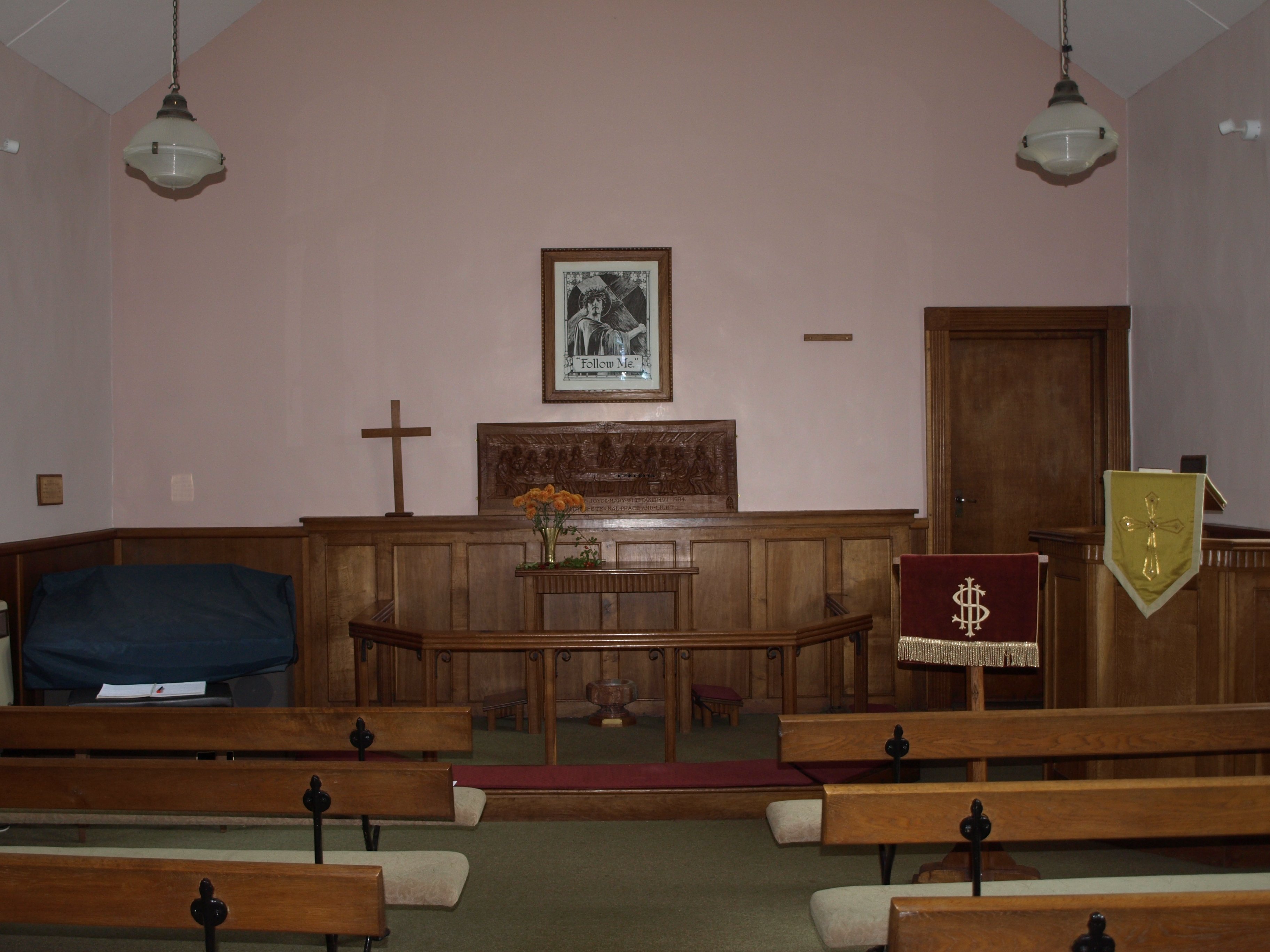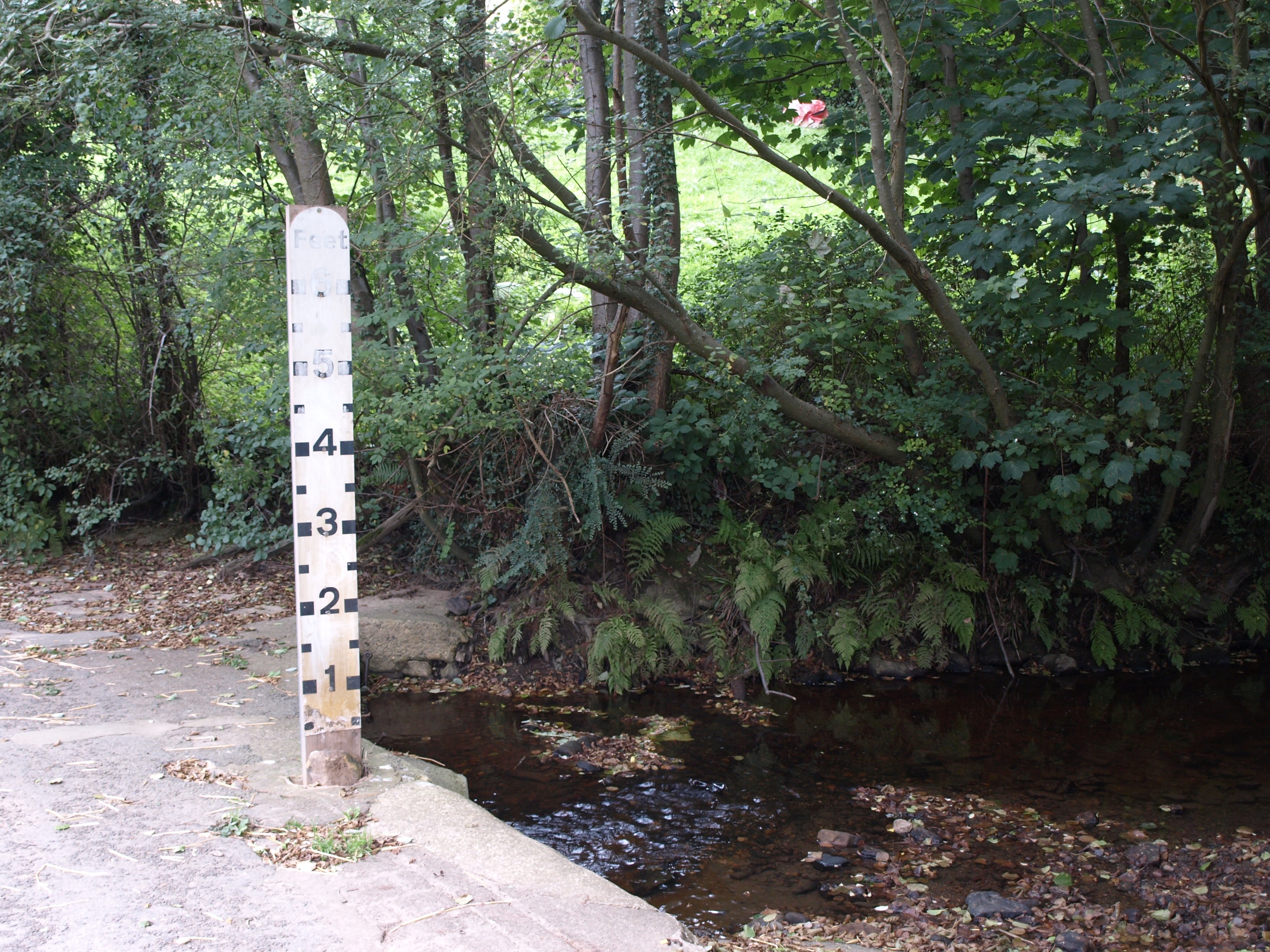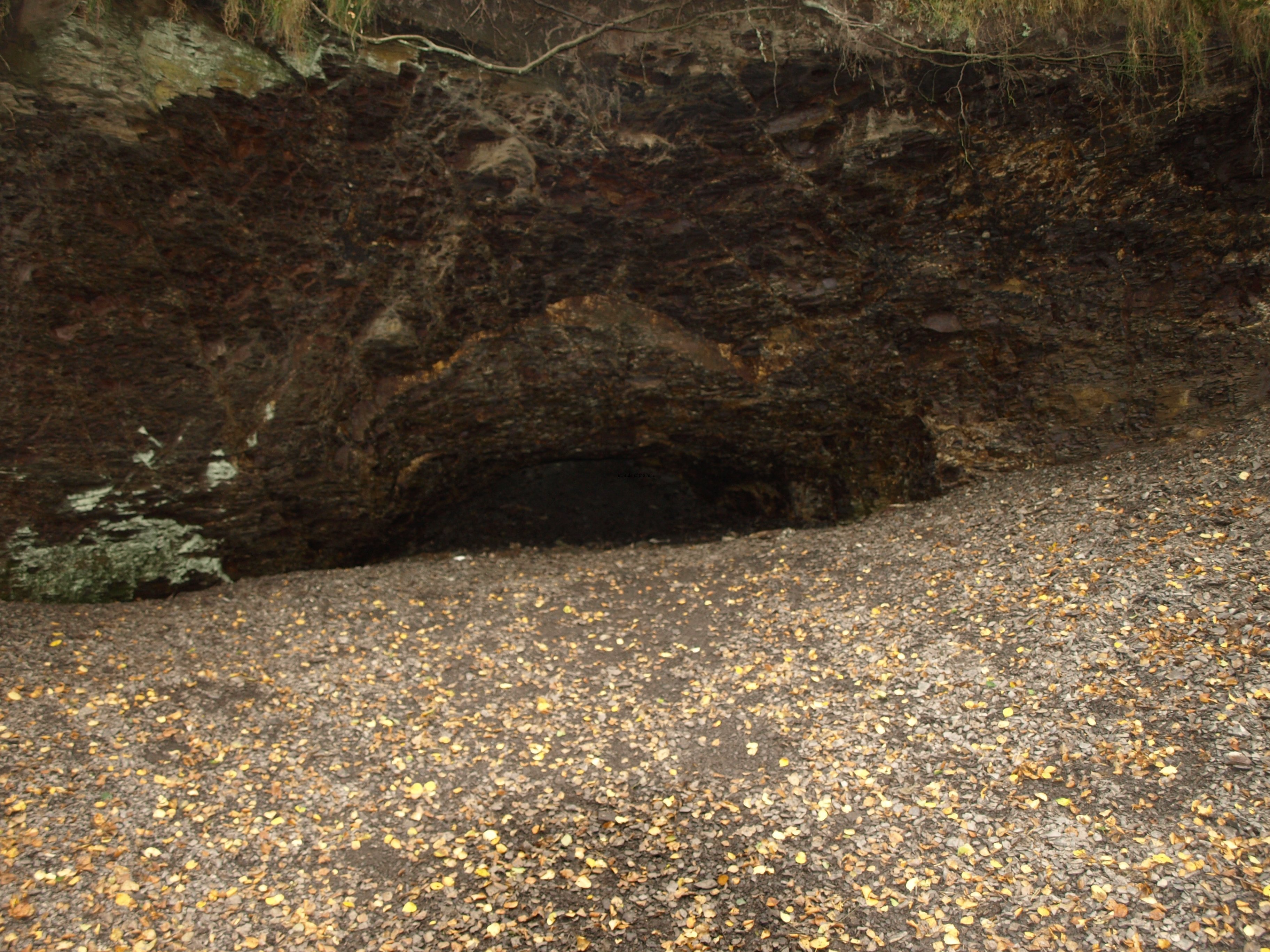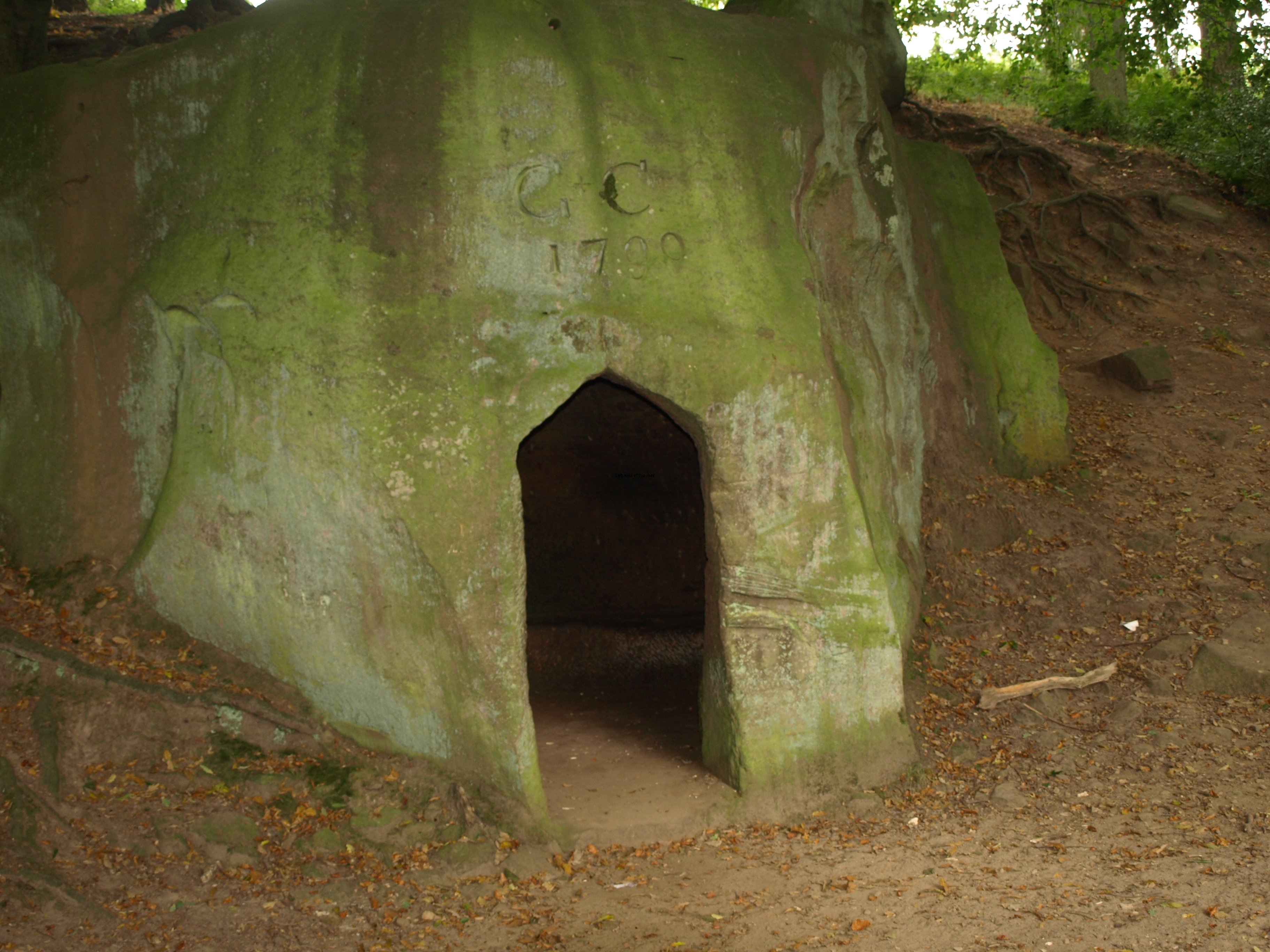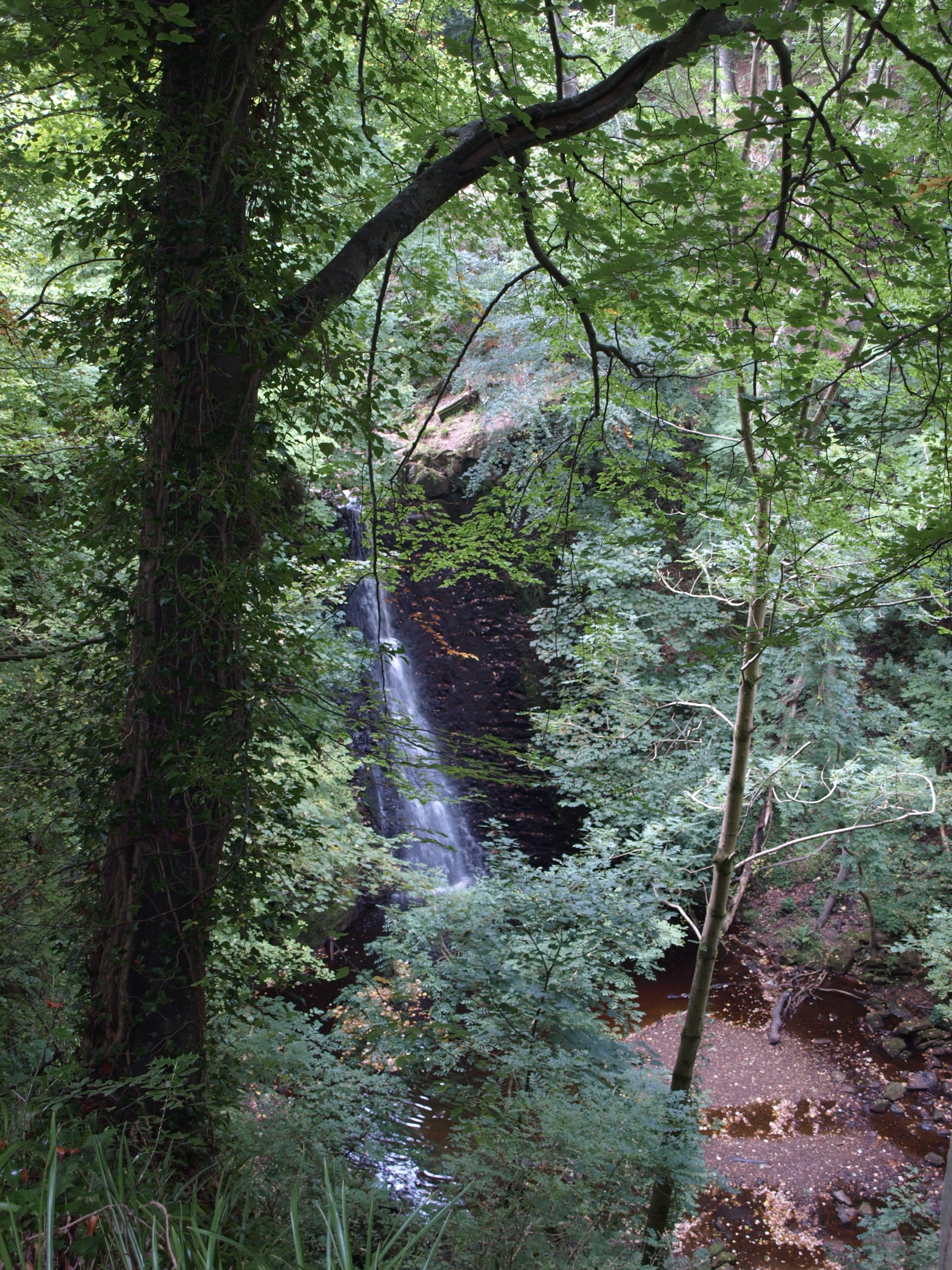Robin Hood’s Bay to Liverpool – A Twearly returns home
Having taken 16 days to get across country, from the Irish to the North Sea, the aim was to try to get back in one and, as part of the game, to try to see if it was possible to get from Robin Hood’s Bat to Liverpool, without too much pain, by using the Twearlys’ All England Bus Pass.
First I had to get out of Robin Hood’s Bay. As things worked out I had decided to leave at the first opportunity. The weather wasn’t looking too promising (and during the course of the day became considerably worse) and I suppose I was also getting fed up of the instability that comes with being away from home. There were no real problems it was just that I didn’t feel like chasing around to fill my time with something useful. It’s one of the consequences when you set yourself a task, a target, that on completion there’s a sense of anti-climax, the adrenalin that has kept you going returns to normal levels and consequently you feel tired. So I thought a day sitting on a bus, gradually heading west, was the best option.
Robin Hood’s Bay would be a pleasant place to spend some time in the right conditions (as is the YHA at Boggle Hole) and I’ll make an effort to return in the not too distant future – as well as getting to Whitby to experience the famous fish and chips. It’s different from what I expected. I didn’t realise that the old part of the village is at the bottom of a very steep hill and that caused me to wander around aimlessly looking for the bus stop the day before.
There’s a strange ‘monument’ at the bottom of the hill, next to the Coast to Coast finish/start sign. This is a statue, if that is the right word, of a fish, donated by a couple of locals (I assume), a Captain Isaac Mills and his wife. Didn’t notice a date and have no idea what it’s supposed to represent. So that the fish won’t escape it’s fenced in.
Before relaxing on the English local bus network there was one last challenge – and that was getting up the hill. There had been some steep ascents during the last couple of weeks and this was one of the steepest, but thankfully short, if not so sweet.
With the timetables of the buses I reckoned I could get back across country in about 10 hours. This would be on 5 different buses and some of the changeovers were tight so a delay of only 10 minutes or so at a couple of places would have meant a delay of another hour or two, so there was a lot resting on the buses keeping to their timetable.
In planning the exact buses to catch I had forgotten one crucial fact – and that’s the time limitations on the bus pass, i.e., it’s not valid before 09.30. Trying to use the pass before that time brands someone a ‘twearly/twirly’ (don’t know if there’s an official way of spelling it). For those who may not have come across it this is the term applied to any old fart who tries to get on a public bus before 09.30. It almost certainly has it derivation in Liverpool, that city and Sheffield being the only two metropolitan areas that offered free travel to over 60s long before it became a national affair.
A ‘twearly/twirly’ would stand at the bus stop anything from 10 or 15 minutes before the pass was valid and would ask the driver ‘Is it too early to use my pass?’. Perhaps the first ones to try it succeeded but after a while drivers began to realise that the same people would be trying it on and so started to stick to the time limit. As drivers would change the persistent old arses would keep on trying and hence the term came into everyday use in Liverpool.
I think it’s probably spreading around the country now, especially in the major cities but, fortunately for me, has not yet become an issue in North Yorkshire. I was at the bus stop for the 09.24 bus and it wasn’t till it came to me en route to Scarborough that I realised I had, inadvertently (honest) joined the ranks of the ‘twearlies/twirlies’.
Travelling long distance on local buses is an interesting experience/pastime. For one thing, being used, as we have become, to racing along at 70 plus mph on motorways when travelling by road we have lost the pleasure of passing through small towns and villages. The pace is obviously slower so when you are passing places of interest there’s actually time to see what’s there. The routes will change from fastish dual carriageways to then follow a quiet country road on the off-chance that someone in an out-of-the-way village is waiting for the bus. For those with no transport of their own these bus services become a bit of a lifeline to the outside world. I cursed these diversions (unfairly) when my bus was running late, especially when no one would subsequently either get off or on the bus, but that’s just being selfish.
The outside world is seen in a different light but so is the internal, the one inside the bus itself.
Travelling throughout the day you get to understand the different groups of bus travellers who occupy the different time slots and you get an insight of people’s lives as they interact with public transport. And it’s not always that edifying.
On the first bus, from Robin Hood’s Bay to Scarborough, leaving as it did at 09.24 it was too late for the early start workers, or even schoolchildren, but even on that bus there appeared to me to be a handful of people who might be starting work a little later, or even travelling to work via Scarborough railway station, the terminus for this particular route. Together with them you find those who might be making relatively local visits, going early morning shopping or having a day out in the larger seaside town.
The bus from Scarborough was completely different. Going all the way to Leeds (a scheduled journey of 2 hours 45 minutes which takes in York) this was packed by the time it left the centre of the city and was almost full of people using a bus pass. Some going only a short distance but quite a few getting out at York. They would have been on a day trip, returning after an afternoon wandering the narrow streets of the old town. But that bus also picked up people doing their shopping and those travelling relatively short distances to carry out the everyday affairs that make up people’s existence – visiting family and friends, doctors, dentists, signing on at the dole, getting away from annoying family members, trying to escape for a short time, basically just doing something different to break up the monotony of their mundane lives.
From Leeds the make-up of the passengers changed again. Some seemed to be going home after sorting out their affairs in the big city, perhaps after dealing with officialdom or shopping. Then there were the first people who may have started work really early, on a morning shift perhaps, and going home in the middle of the afternoon as they had started in the middle of the night. As we got closer to Skipton (this bus’ terminus) it got darker and soon we were travelling through driving rain. These were the weather conditions I thought I might have had to face, but fortunately for me didn’t, as the winds from the east kept me dry. Once I didn’t need them the winds reverted to normal and hence the torrential rain, which kept falling until I was almost within sight of Liverpool. Towards the end of this journey schoolchildren started to appear as by 15.30 we were coming towards the end of the school day.
The changeover in Skipton was tight, only 5 minutes between one bus scheduled arrival time and the next one, to Preston, leaving. By now the rain was persistent and heavy and Skipton bus station is not somewhere you want to spend a lot of time in such weather conditions. One of the problems with the deregulation of buses, and the slashing of staffing levels, is that there’s no one present to hold buses back for a few minutes if a connecting bus is delayed. There must have been 7 or 8 people doing the same as myself and transferring to the Preston bus but if the Leeds bus had arrived only 5 minutes later it would have meant another hour’s wait for the next one. There’s just no planning for these situations when technology provides an easy way to create an integrated transport network, possible even with many bus companies if there was the will. But timetable punctuality means more than passenger ‘satisfaction’, something which also happens on the railways. If notice boards contained passenger comments rather than meaningless statistics we would all have a better understanding of transport infrastructure efficiency in Britain.
But ‘a close to Skipton bus station pub’s’ loss was my gain as the next bus pulled into its bay less than a minute after I got there. Now the passenger mix changed yet again. There were a few of us long haul passengers, making it all the way from Leeds to Preston – and beyond. Again people returning home along the almost 2 hours of this route. But dominated by schoolchildren. Passing through a number of small Yorkshire and then Lancashire towns the route passes many schools so not a surprise that they would be providing the passengers. What did surprise me was the distance some of these young people had to travel. They weren’t in any way going to a local high school. This was the case at the beginning of the route but became even more pronounced on the second half of the journey where some of these kids were on the bus for 45 minutes or more, to then arrive in the centre of Preston – how much further they had to go I wouldn’t know. And we’re not talking about a local bus that gets caught up in traffic lights and roundabouts. This was a bus that raced along dual carriageways and the miles soon mount up. These children must have been spending at least a couple of hours a day just getting to and from school and that can’t be right. I walked to all my schools and if it took longer than 10 minutes you were dawdling, surely that’s a more civilised approach to education?
The final stage from Preston to Liverpool was the 17.30 commuter bus. They are always quiet as people tend to travel alone and with mobile devices there’s even less incentive to communicate with fellow travellers. But even on this bus there was an indication of the pressures that are placed on working people in ‘austerity forever Britain’. A young teacher, or trainee, was looking through her class’s workbooks for the first part of the journey (which for her was over an hour). This is as bad as the circumstances of the schoolchildren earlier. She wouldn’t have got home much before 19.00 and I can’t imagine what time she left in the morning. I would like to think she had spent an hour or so in the pub after finishing teaching but I think that is, unfortunately, unlikely. People are working too long! When I was involved in the trade union we were fighting for a shorter working week/life but that is all a thing of the past now. The advantage of her working such a long day is that she won’t have to wait until her early 70s before retiring, she’ll be dead before then.
One of the last of my travelling ‘companions’ was a young women who had obviously been spending some time mucking out stables. This information was gleaned not from her dress or what she might have said but by the smell of horse piss and shit emanating from her foot wear. Judging (is this being prejudiced and imposing stereotypical points of view?) by where she got off the bus she was unlikely to have been the owner of a horse, more a stable girl. But why bring her work home with her, and in the process leaving her mark on a public bus? So many questions, so few answers.
By now the rain had stopped. The streets were wet but I had, yet again since leaving home just over a couple of weeks ago, missed getting seriously wet. Liverpool awaited. It had taken me 13 days walking to get from west to east and just 10 hours (more or less) to get from east to west.











